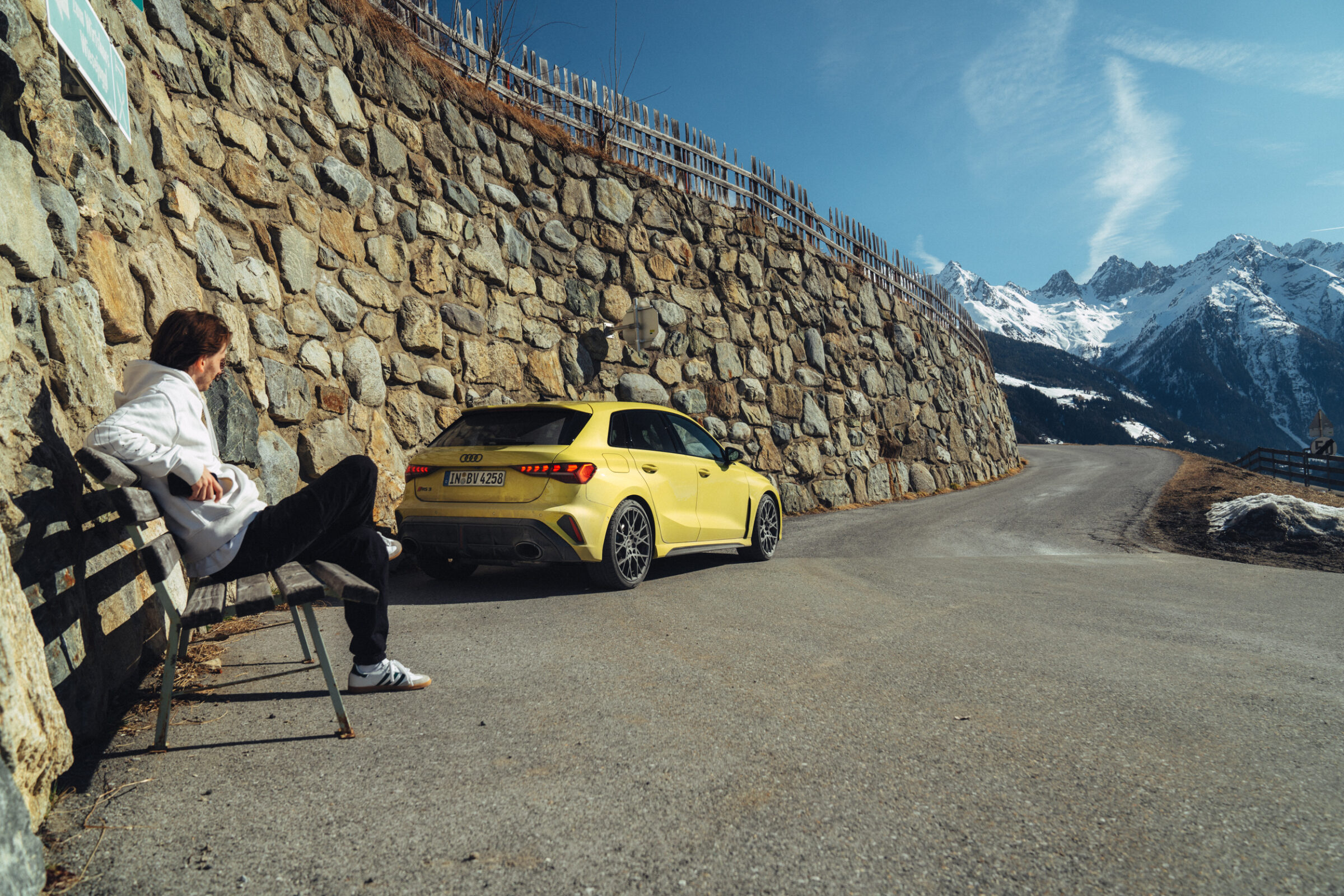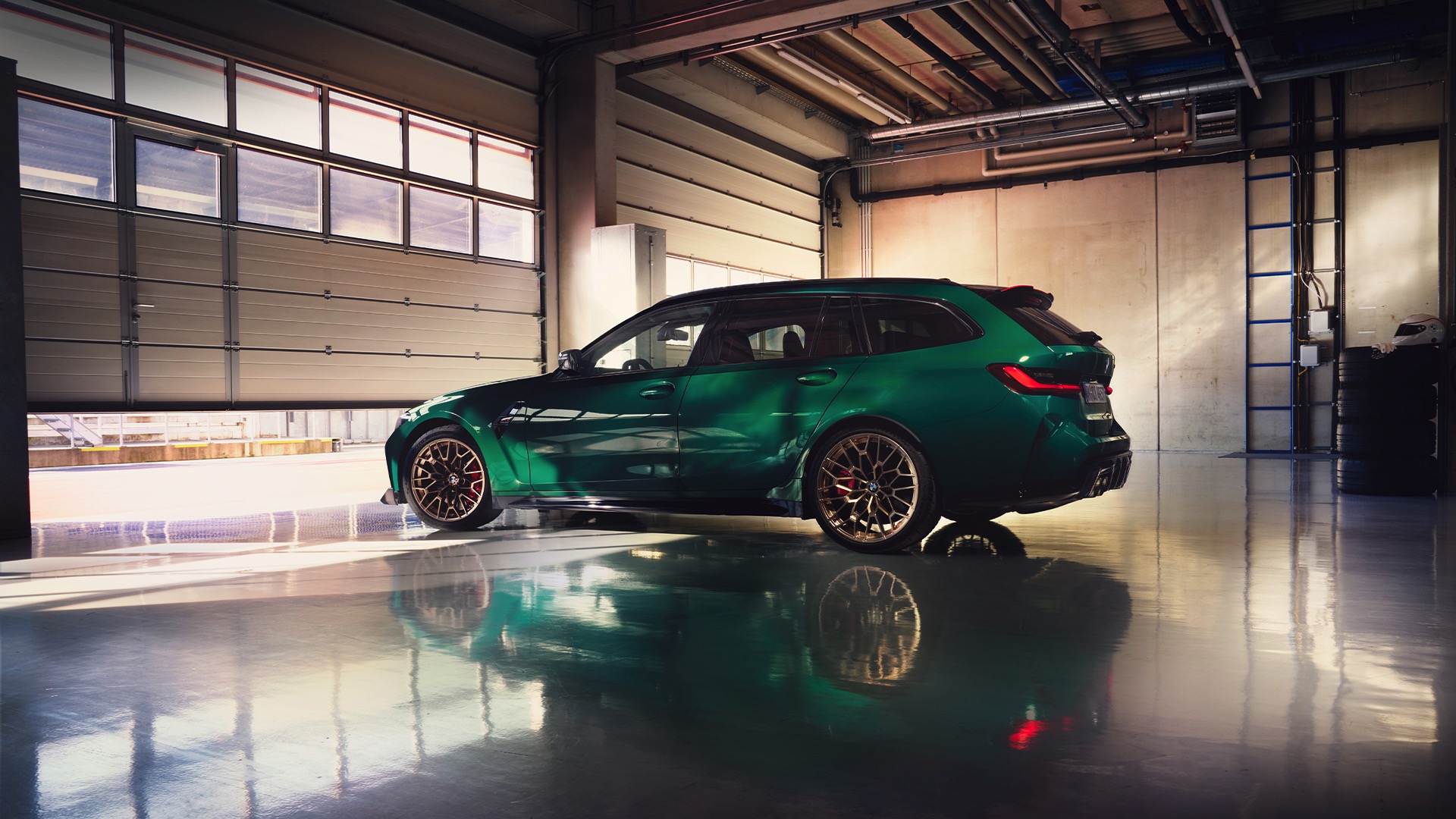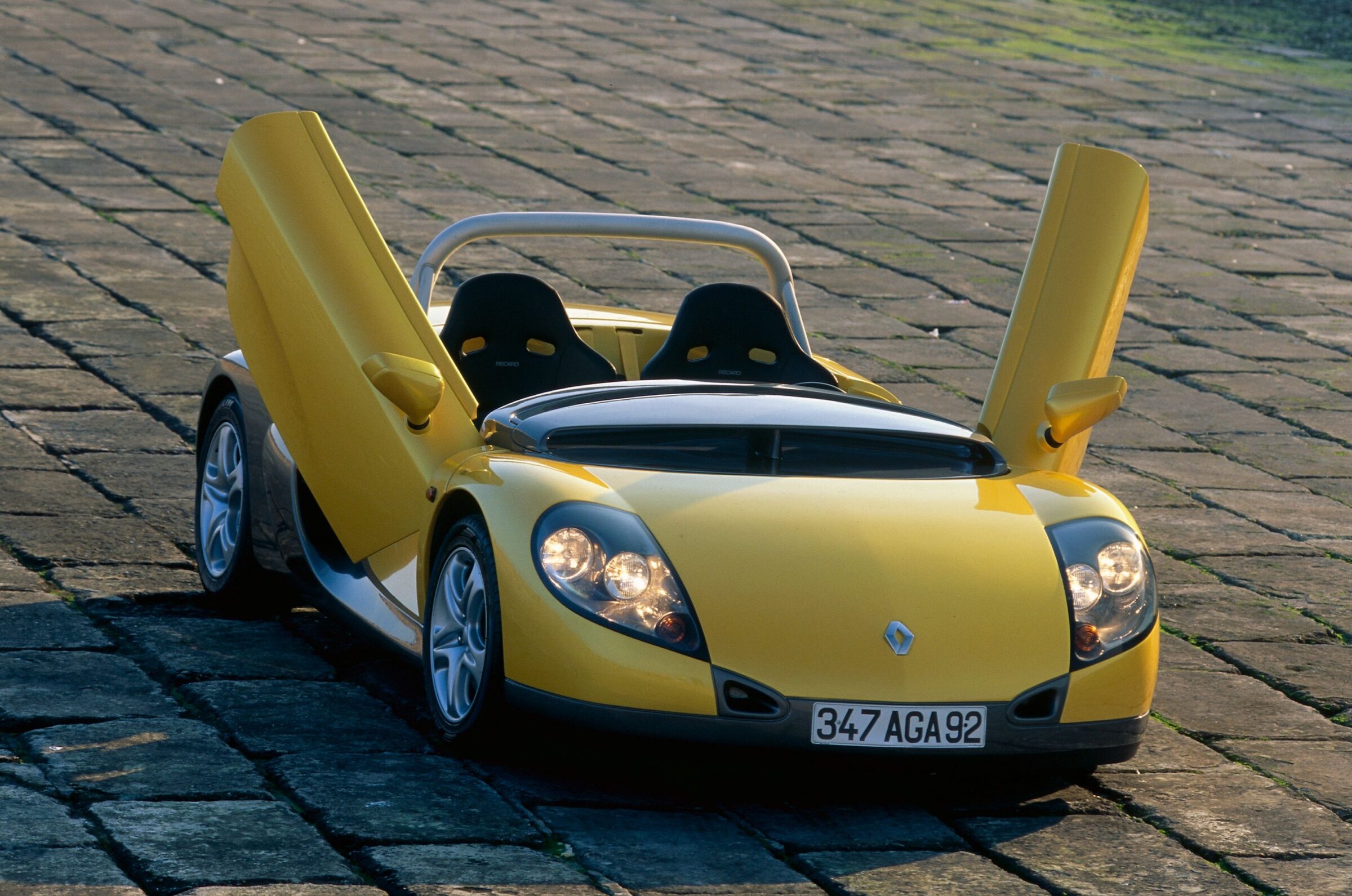Porsche 356 Pre-A
In the coming weeks we will be taking a closer look at the Porsche 356, starting with the very early models and moving on to the A, B and C series. Almost exactly one year ago, we reported on the early days of Porsche in Gmünd, Austria (see here). Nevertheless, these vehicles are of course also part of the history of the 356.
Why Pre-A?
To understand the naming of the early models, one must first take a look at the vehicles from October 1955 onwards. Due to various far-reaching modifications to the body and technology, Porsche added the suffix ‘A’ to the name from this period on. In publications and books, the designation ‘Pre-A’ soon prevailed for the previously built original models of the 356. However, even these vehicles are still divided into three subgroups.
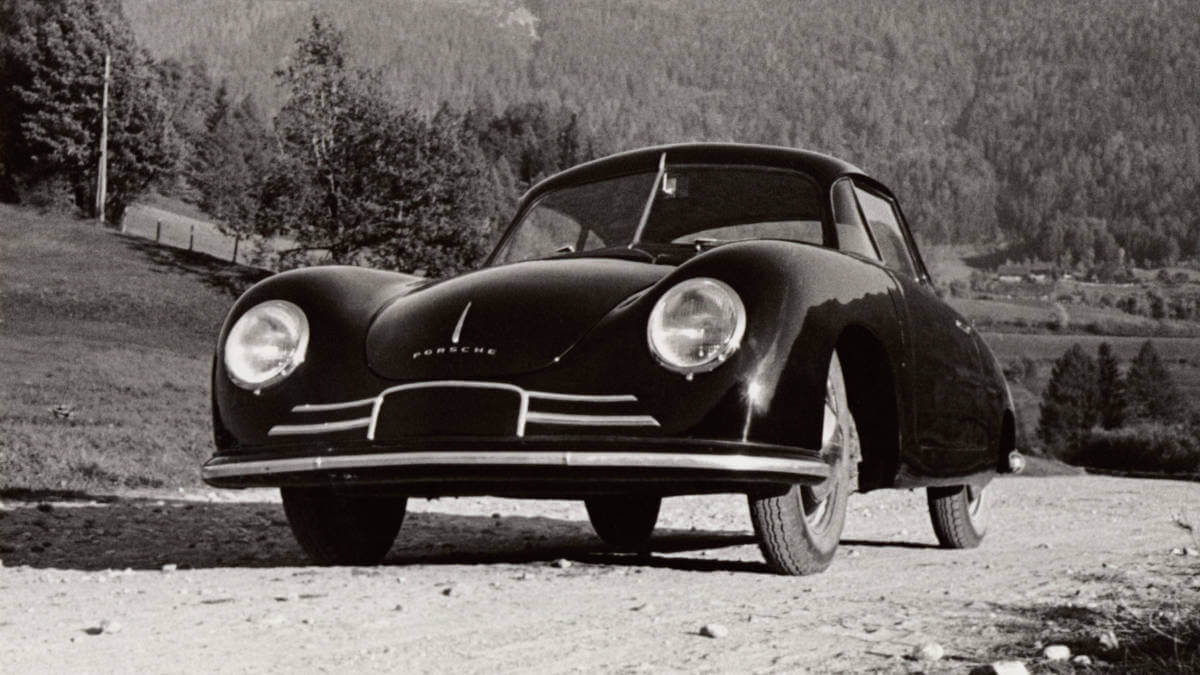

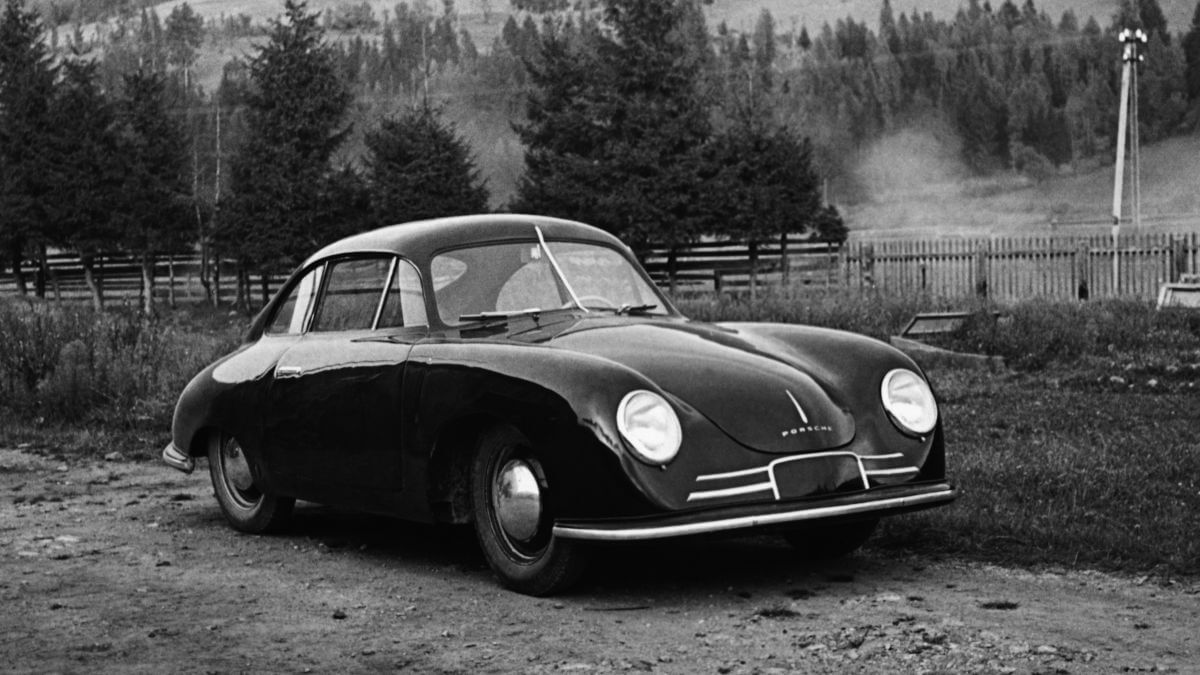

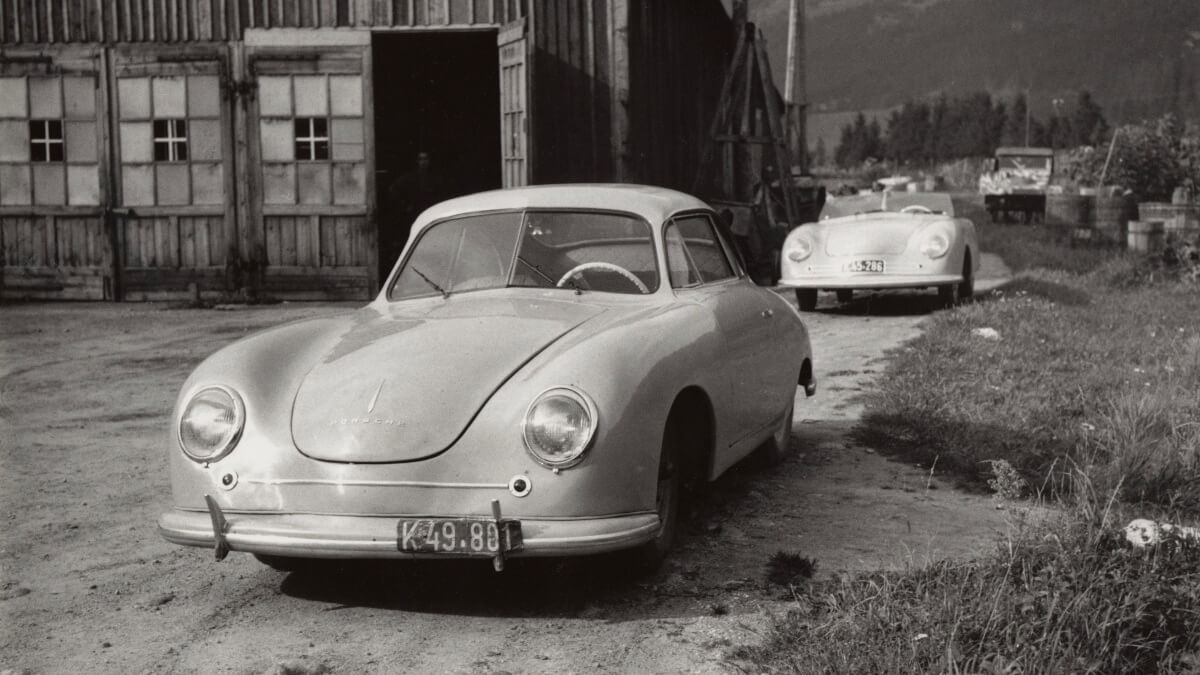

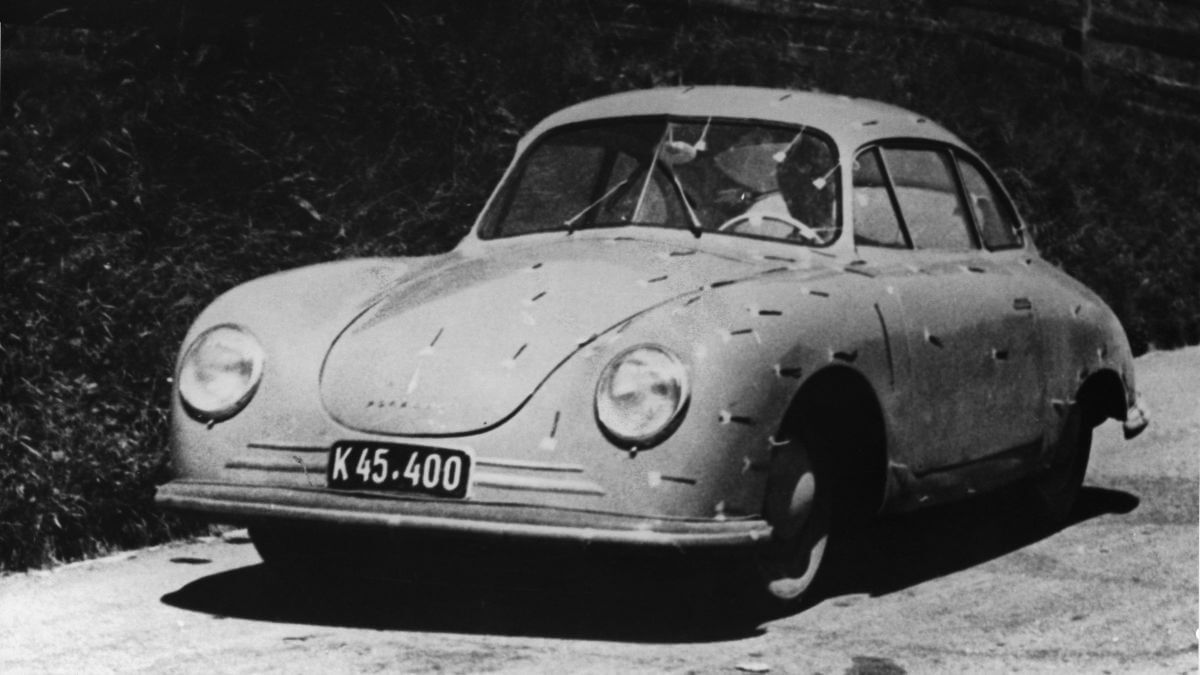

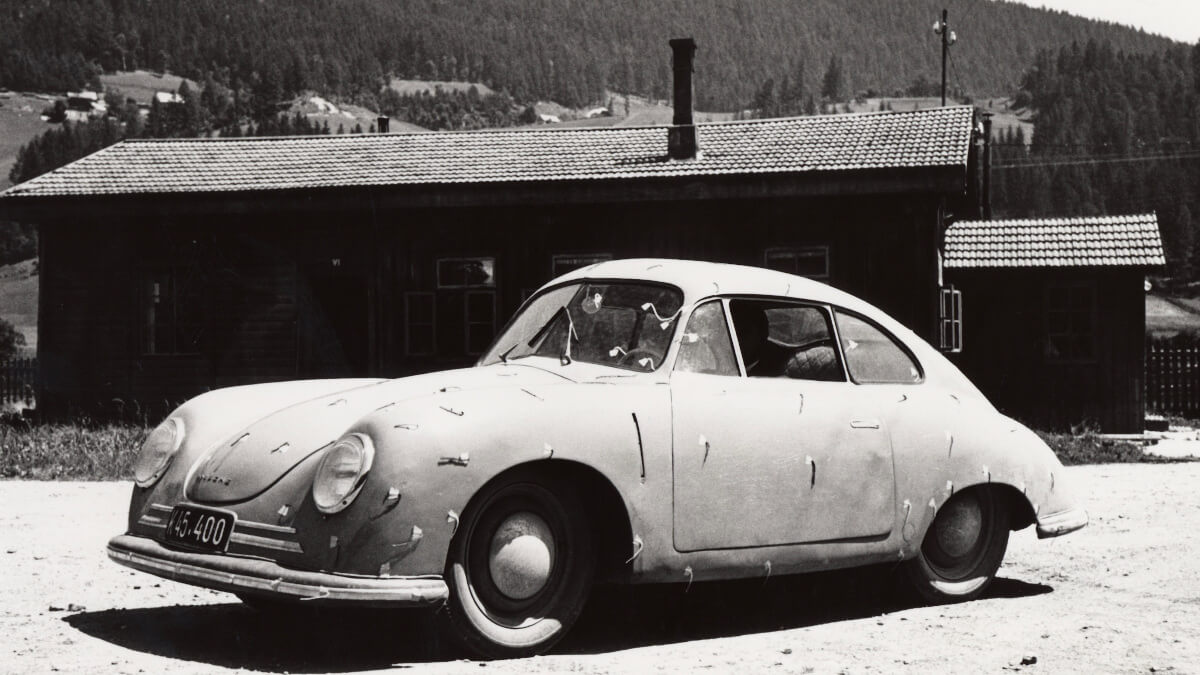

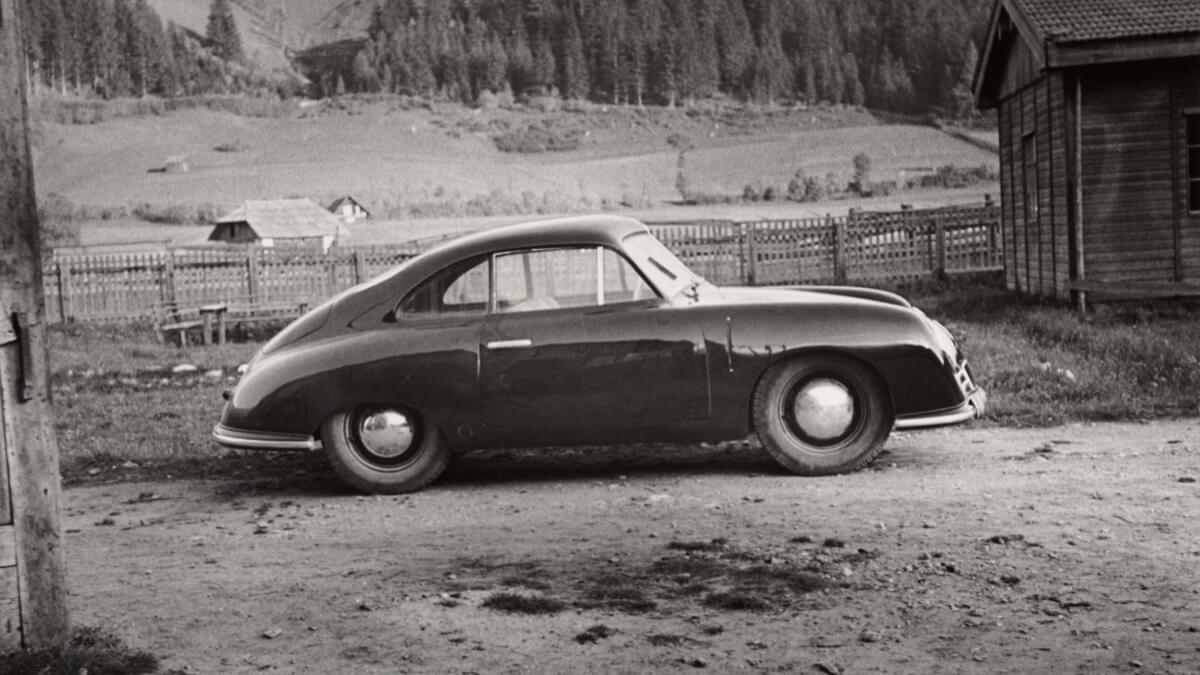

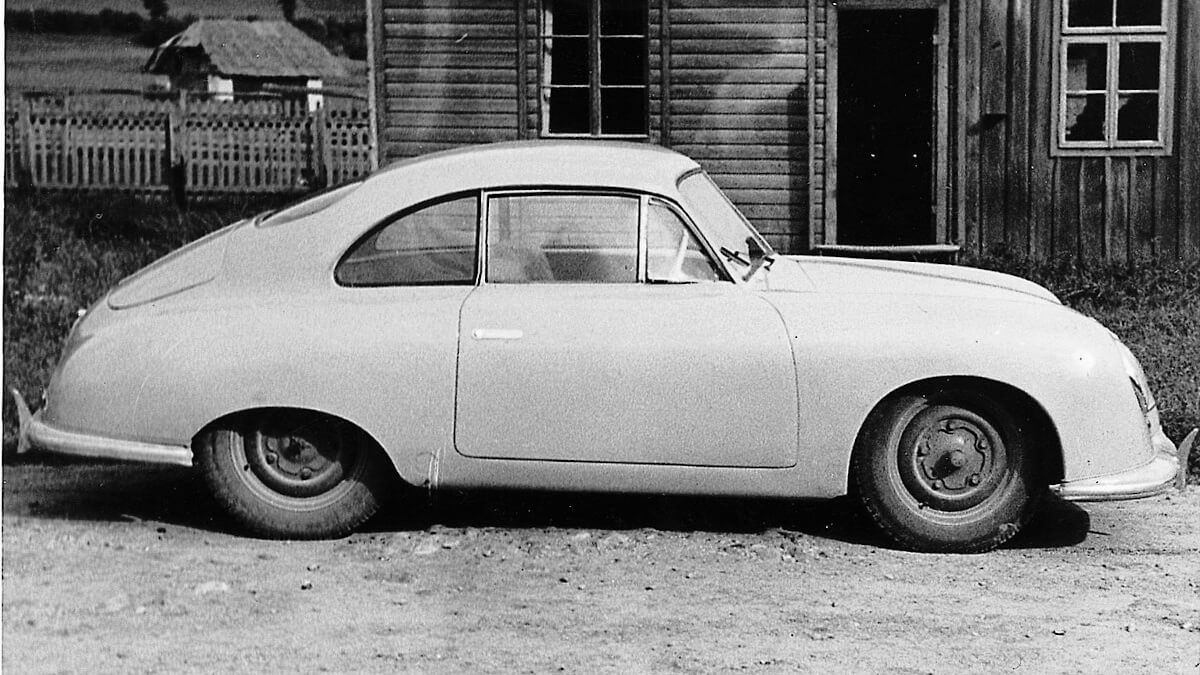

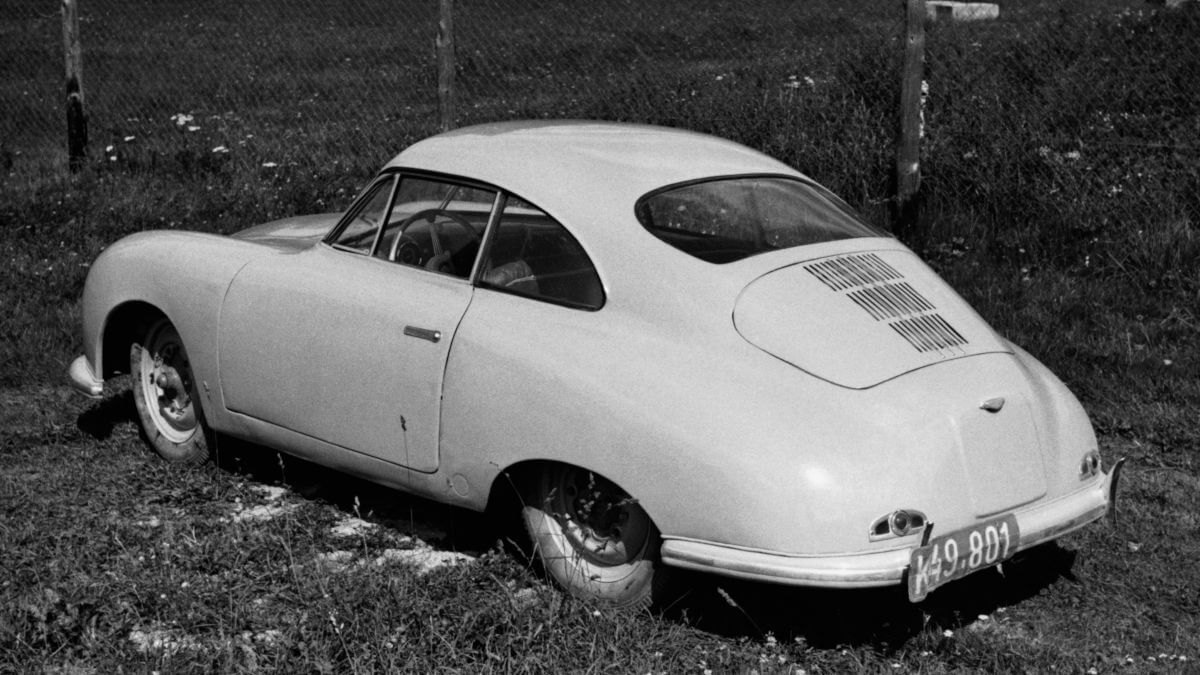

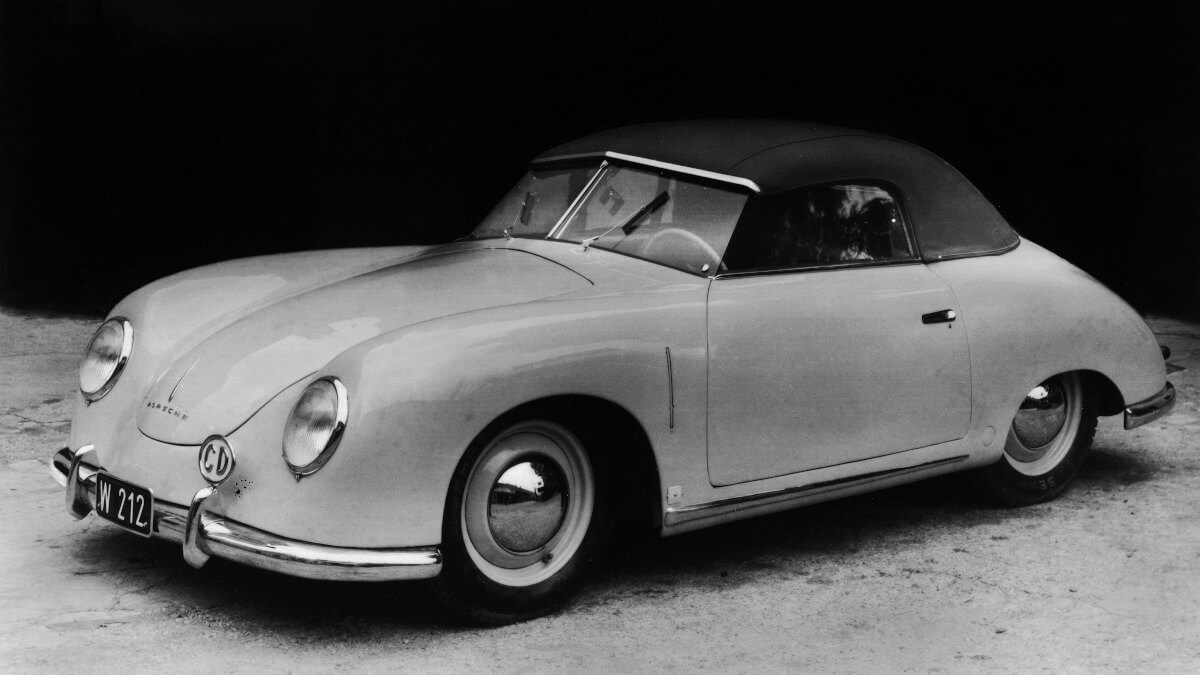

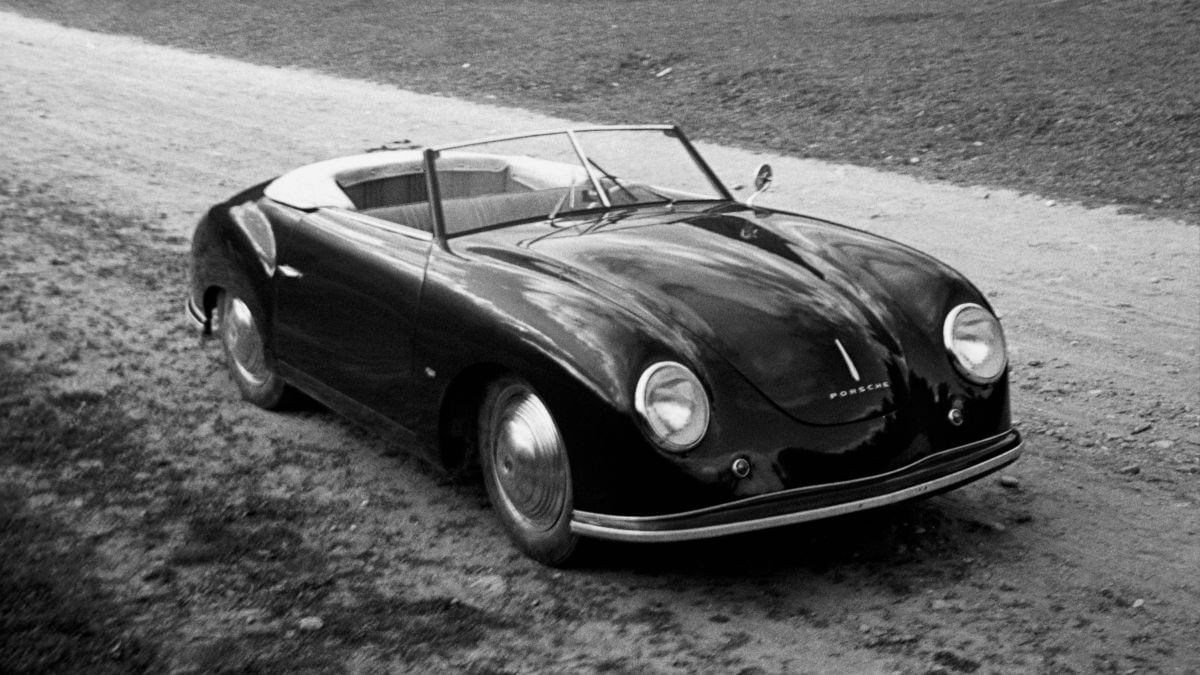

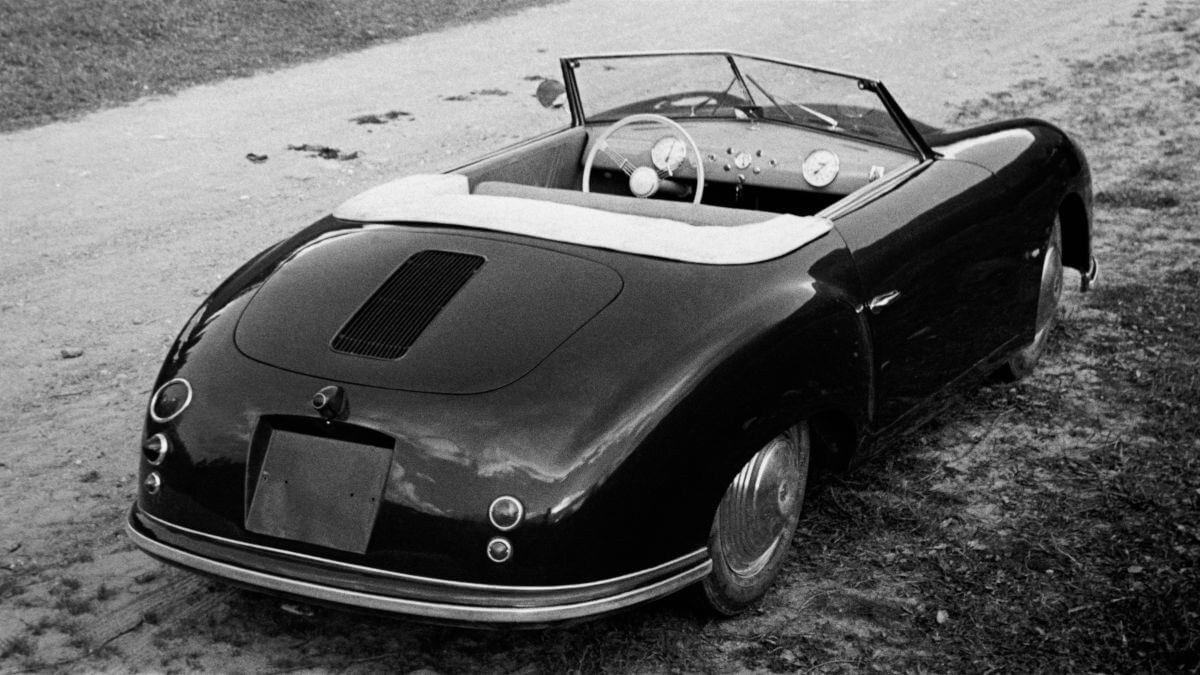

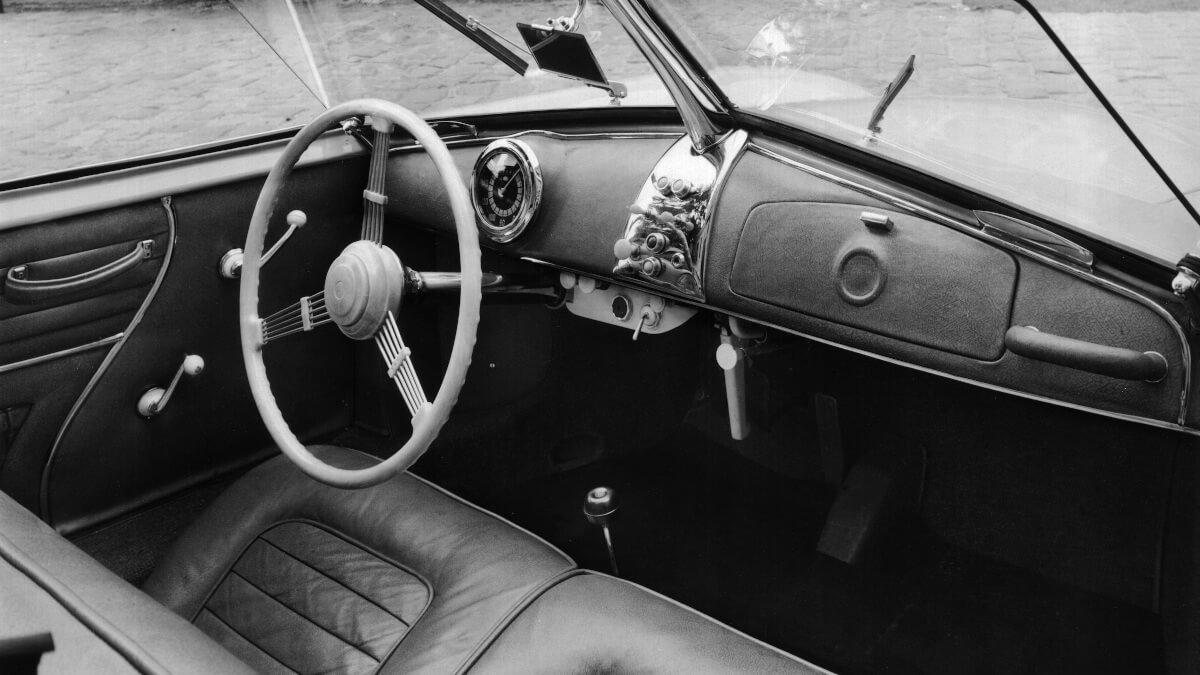

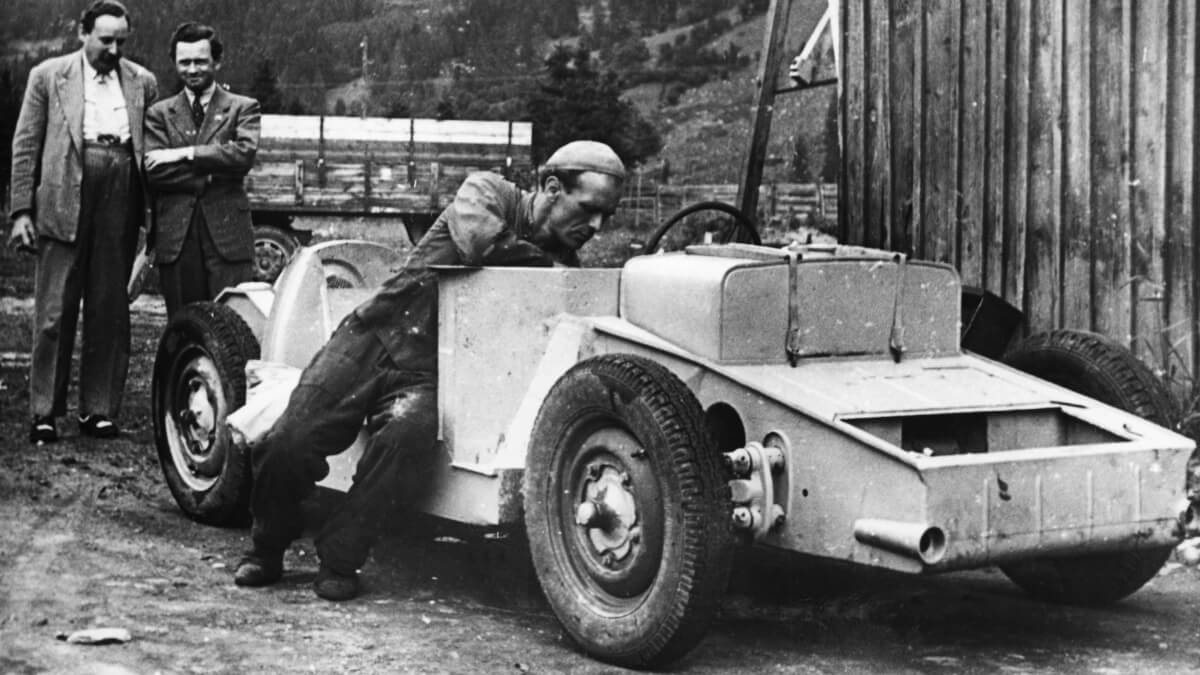

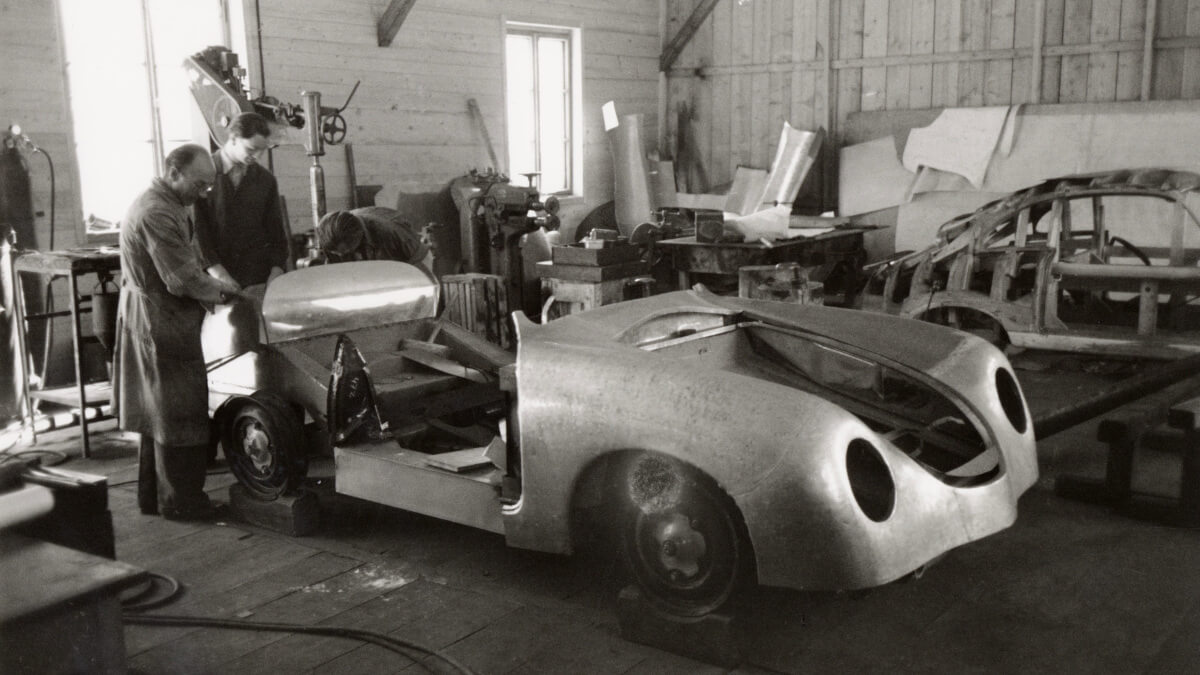

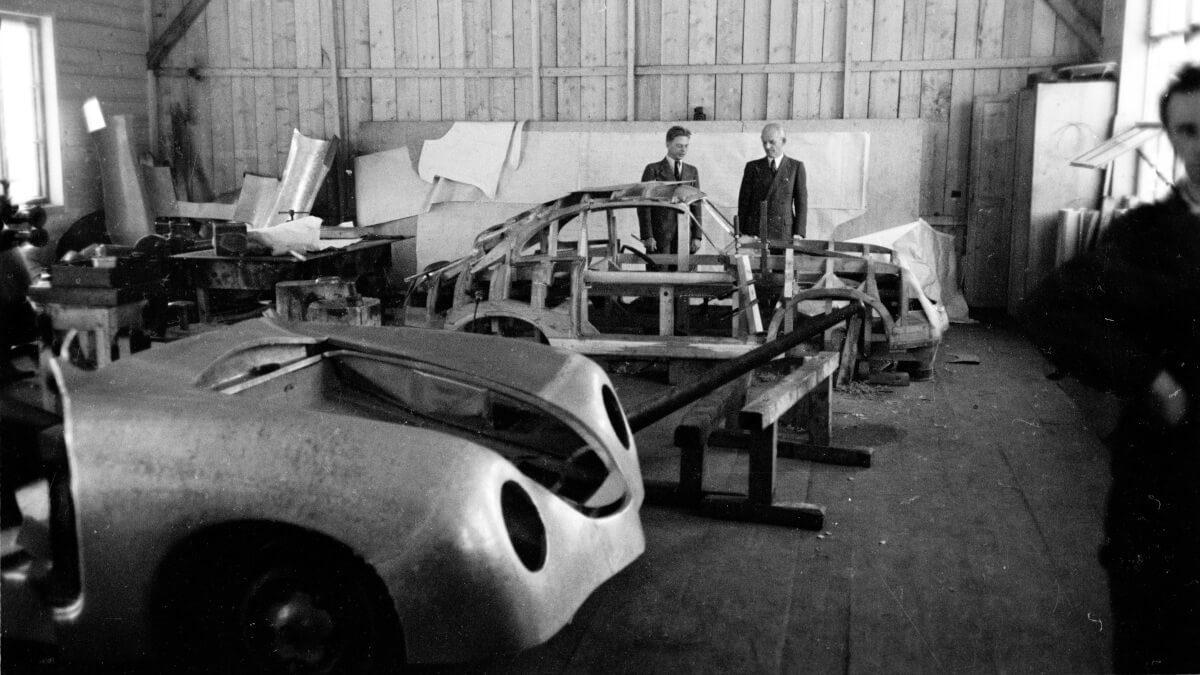

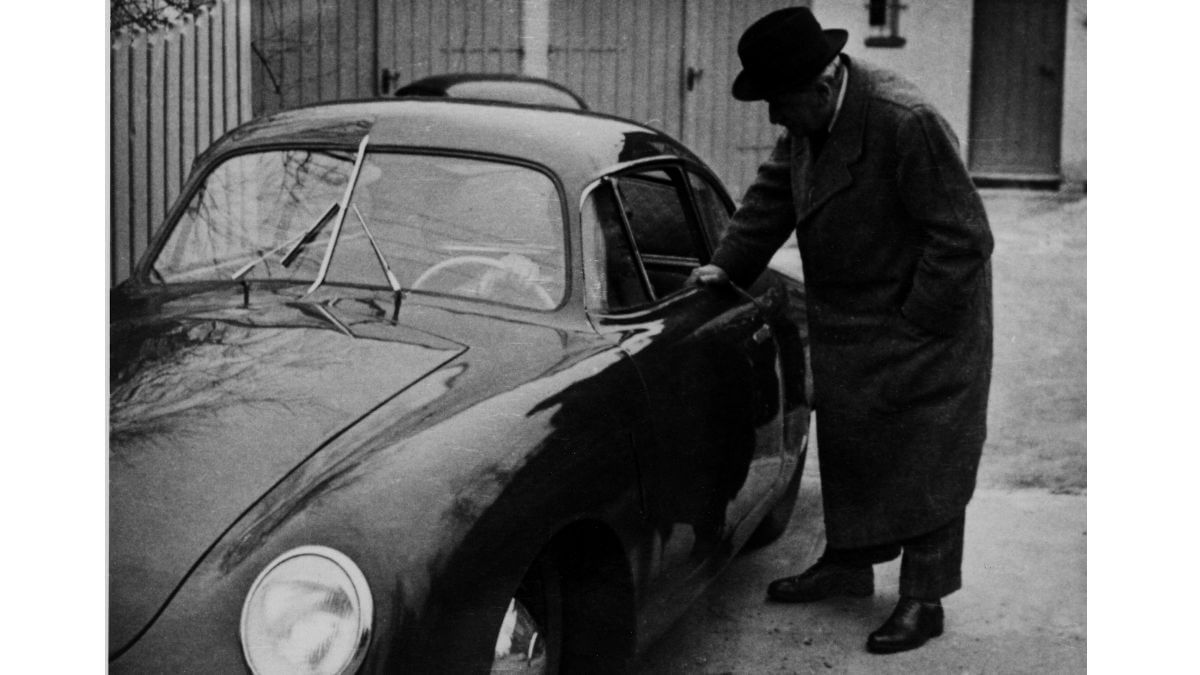

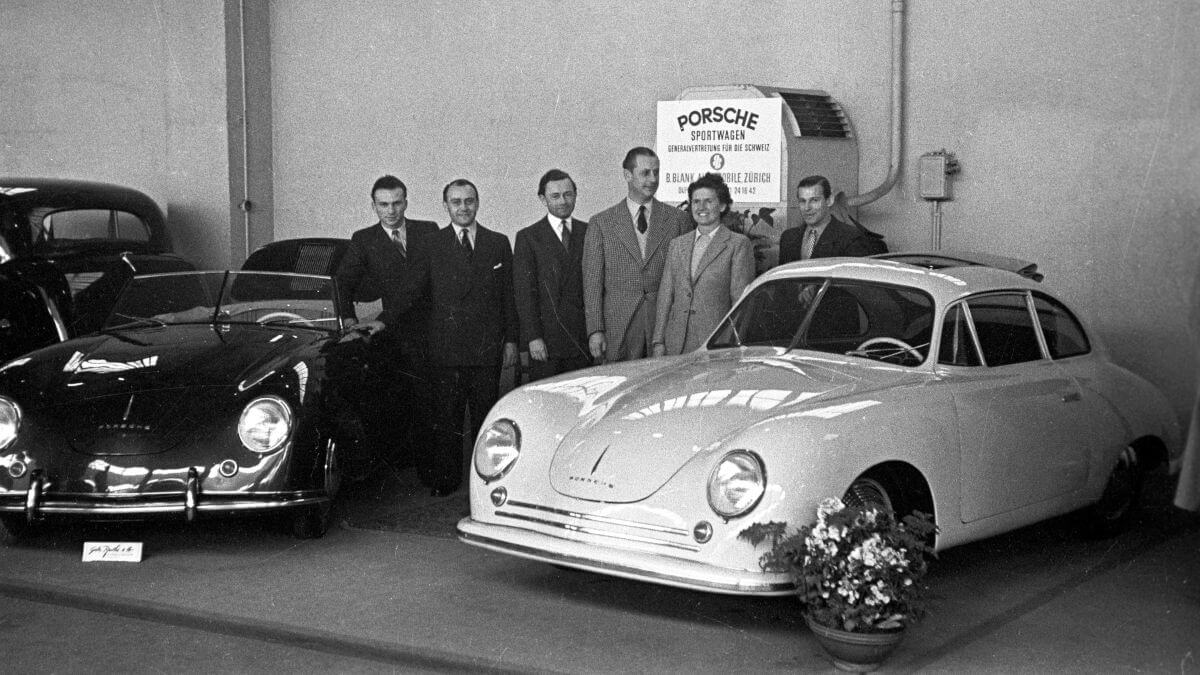

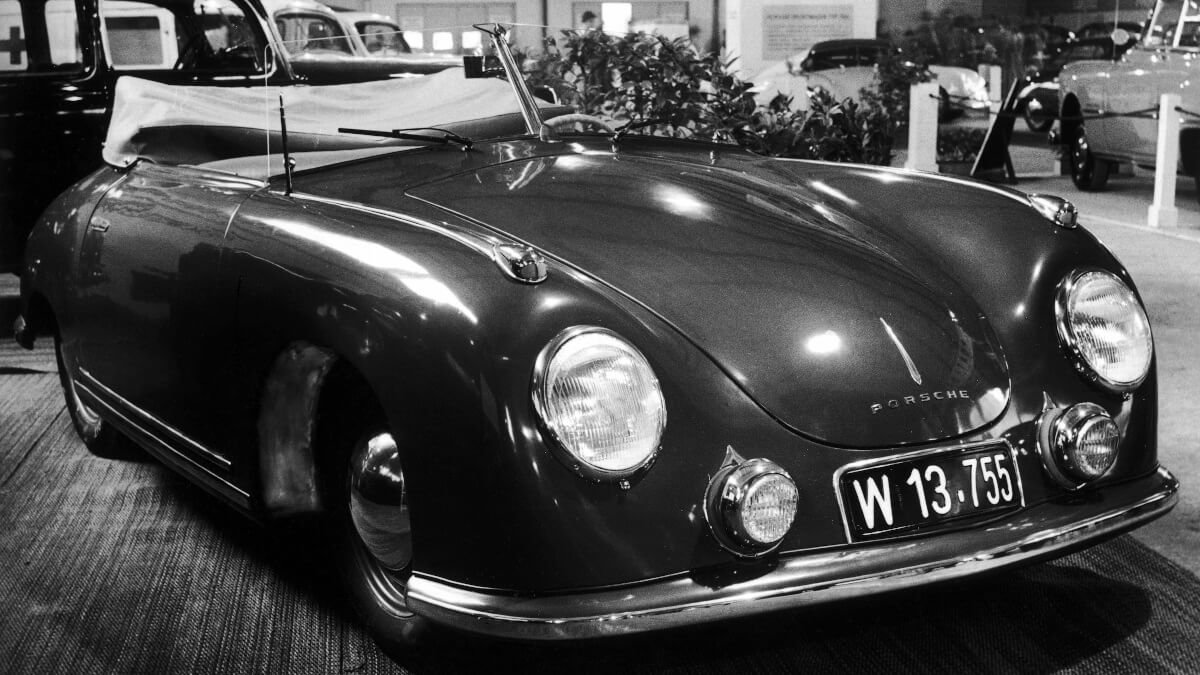

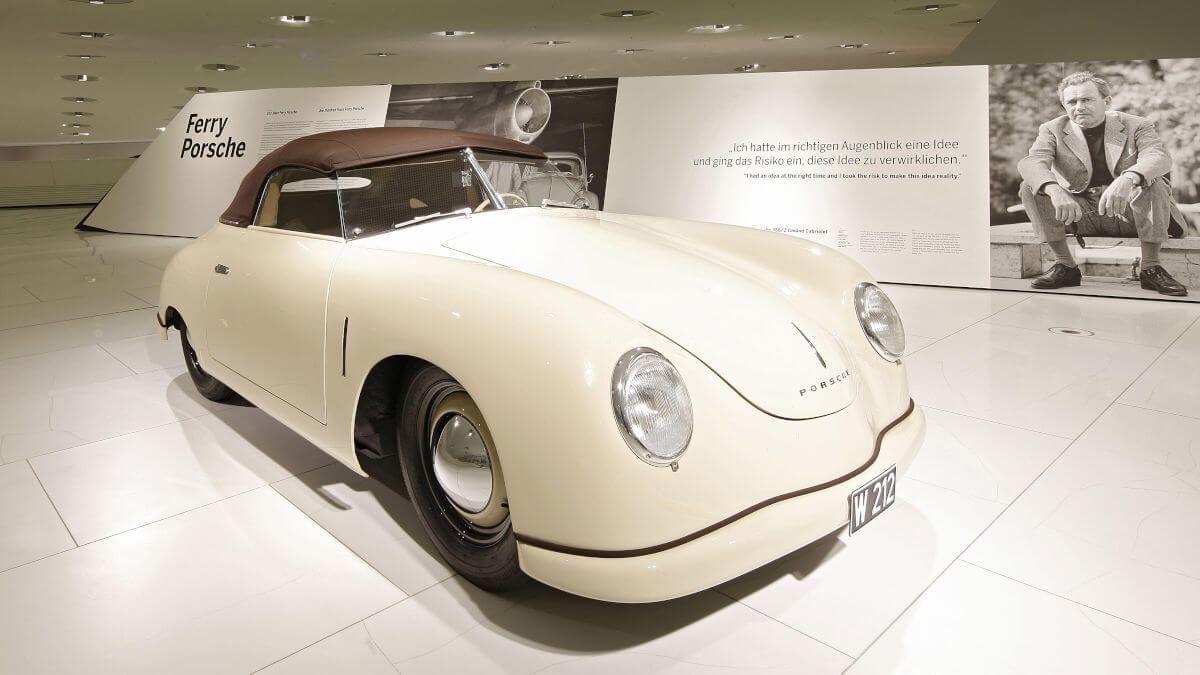

The Gmünd-356
After Ferry Porsche had the very first Porsche 356 registered for traffic in Austria on June 8, 1948, as an open two-seater roadster, the team of Porsche mechanics already set about completing the first production vehicle. Under the internal abbreviation 356/2, coupés and convertibles were created whose technical basis was much closer to that of the Volkswagen, resulting in lower production costs. A tubular frame would have been far too expensive. Production and development took place in a wooden production hall of a former sawmill in Gmünd, Austria, where the company had fled to in 1944 while fleeing the bomb hail in Germany. In spite of the cramped conditions, up to 300 employees worked here at times.
44 coupés and eight convertibles
Before the end of 1948, the first 356 Coupé (called ‘Limousine’ back then) stood on its wheels and presented its black painted body in the sunshine. The design with the accentuated fenders and the rounded passenger compartment was somewhat reminiscent of a slightly flattened Volkswagen. At the rear, under a small flap, a 1.1-liter four-cylinder boxer engine with 29 kW/40 hp and 70 newtonmeters of torque was at work. In March 1949, the 356 made its official debut at the Geneva Motor Show with a white coupé and a dark convertible. Since there was no real assembly line available and the aluminium bodies were produced by external coachbuilders on a contract basis, all vehicles differed slightly from each other in details. There was at least one convertible with more accentuated rear wheel arches and also cars with and without trafficators in the front fenders. Since bent glass was too expensive, all vehicles were fitted with a two-part angled windshield. By 1950, 44 coupés and eight convertibles had been built, which are today extremely sought-after collector’s items.
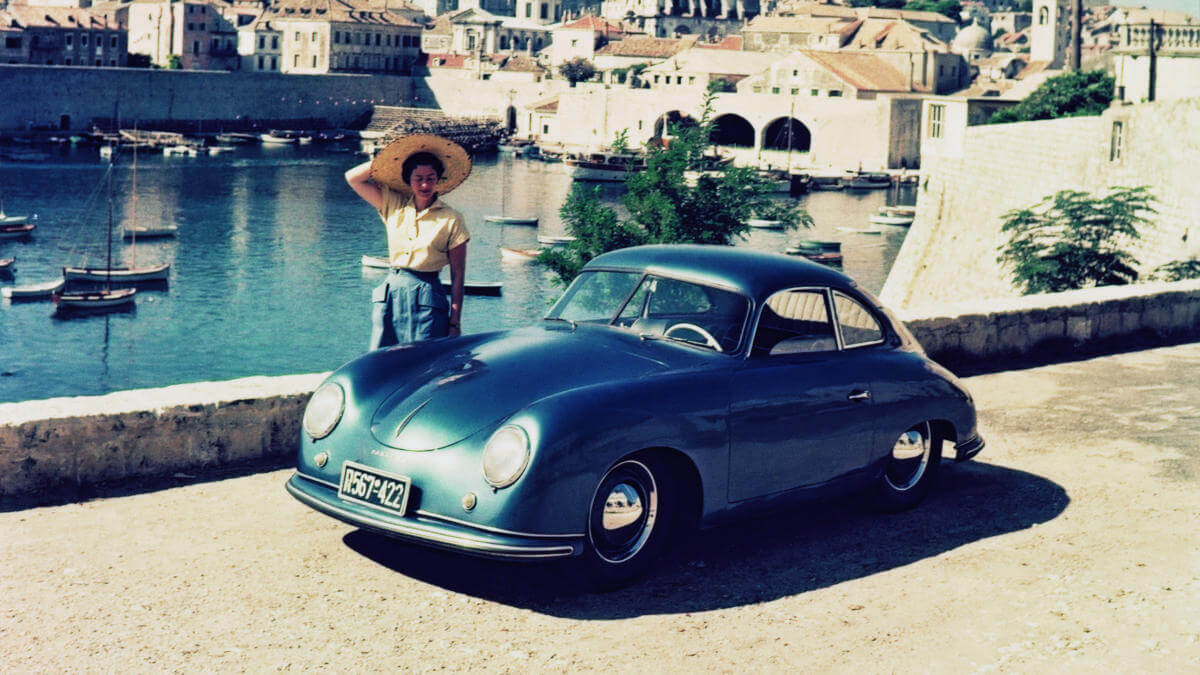

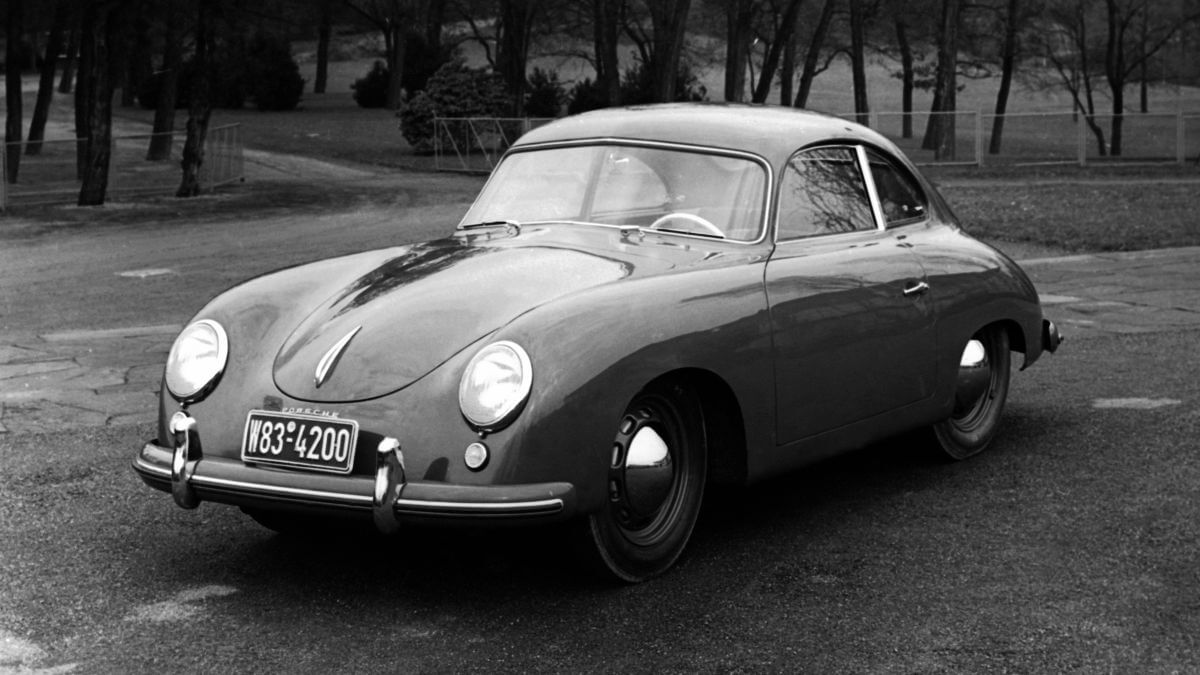

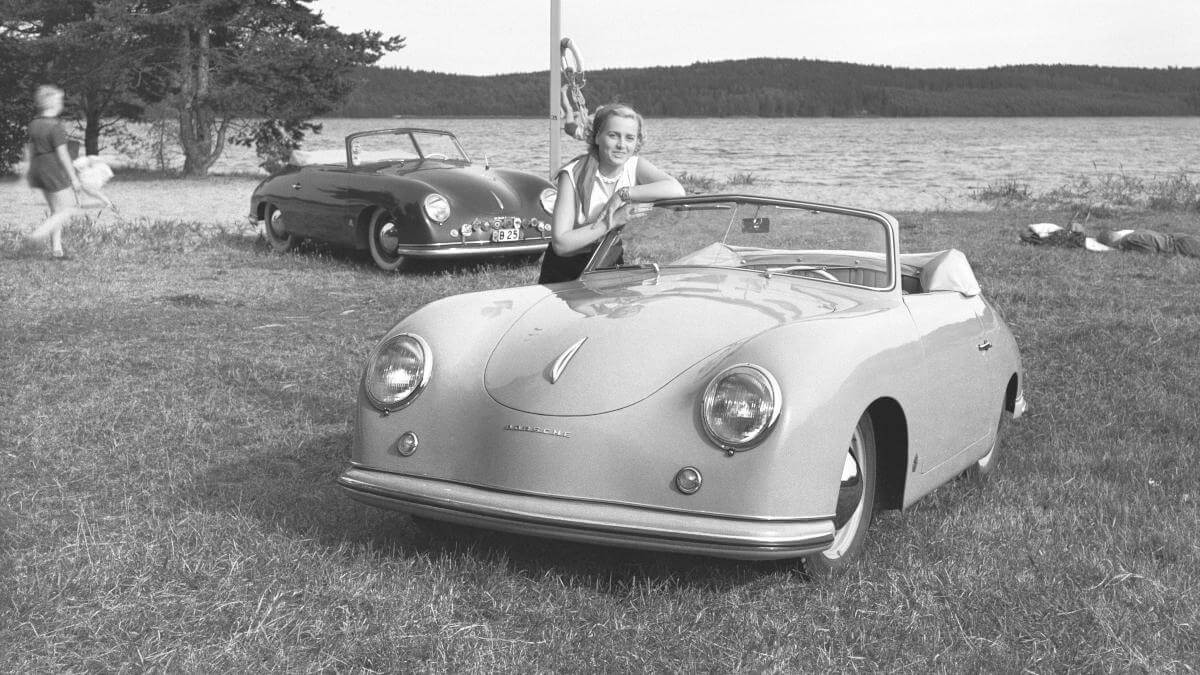

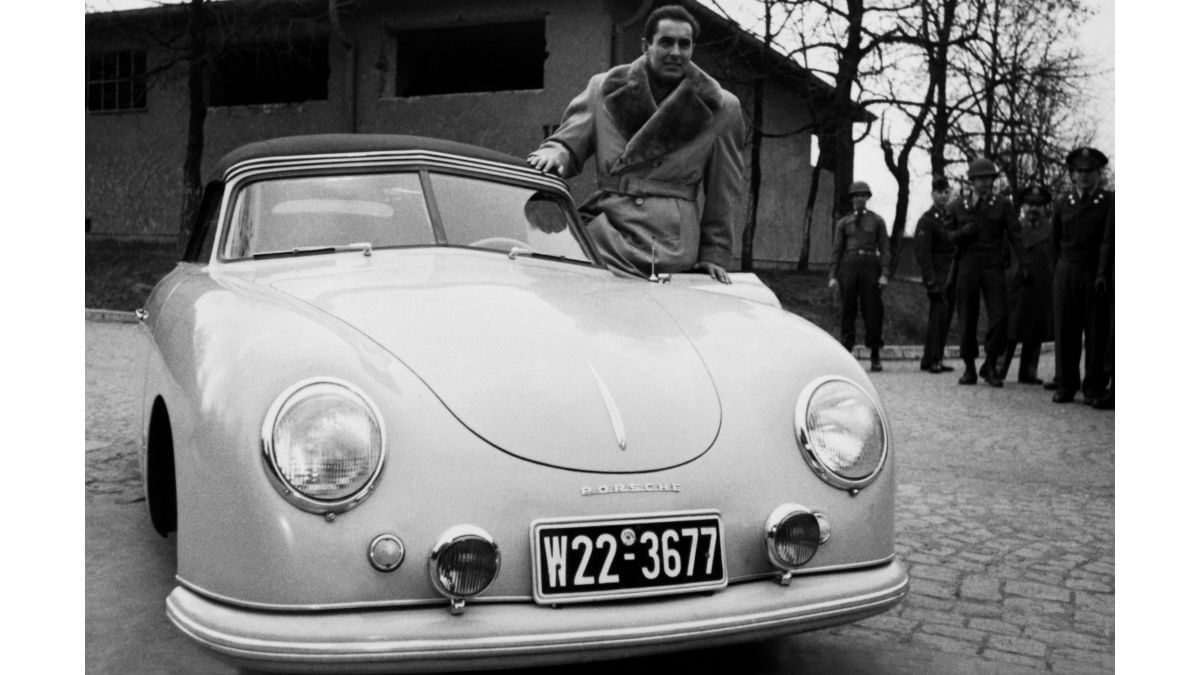

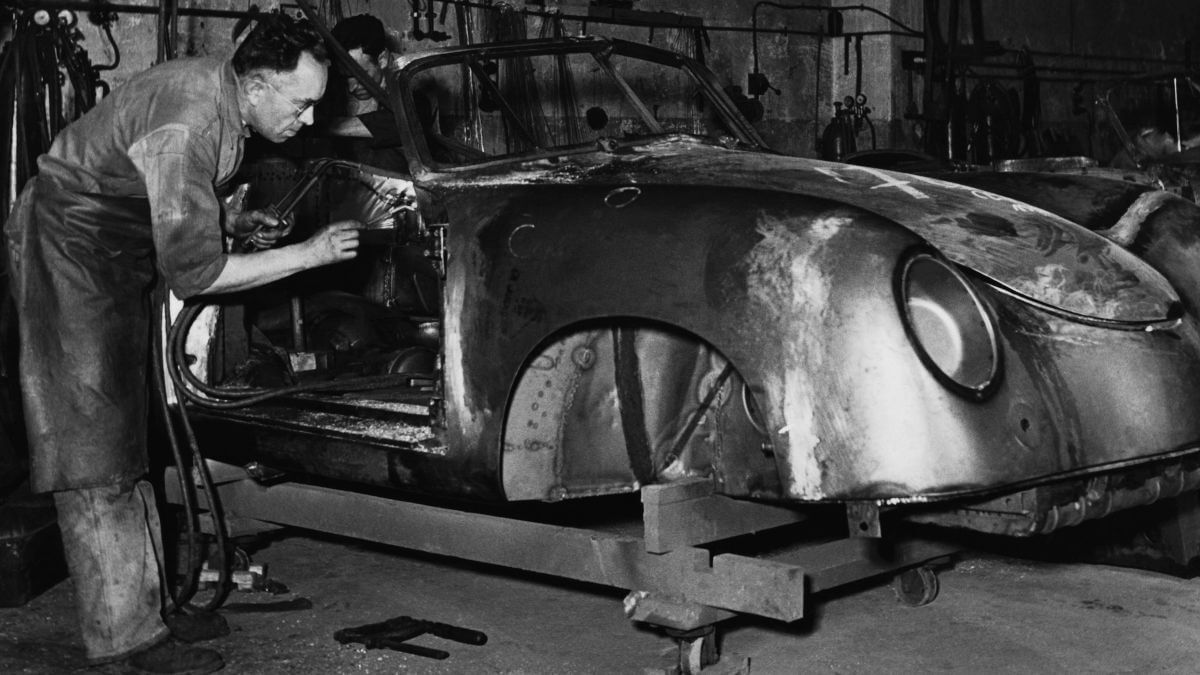

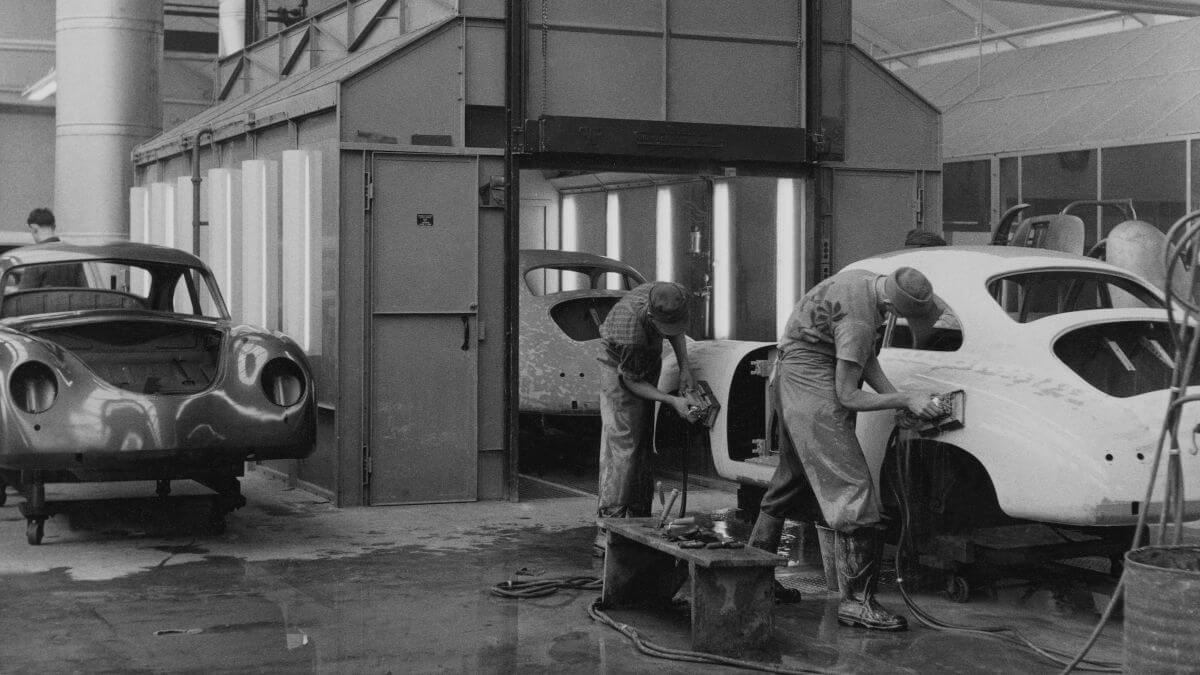

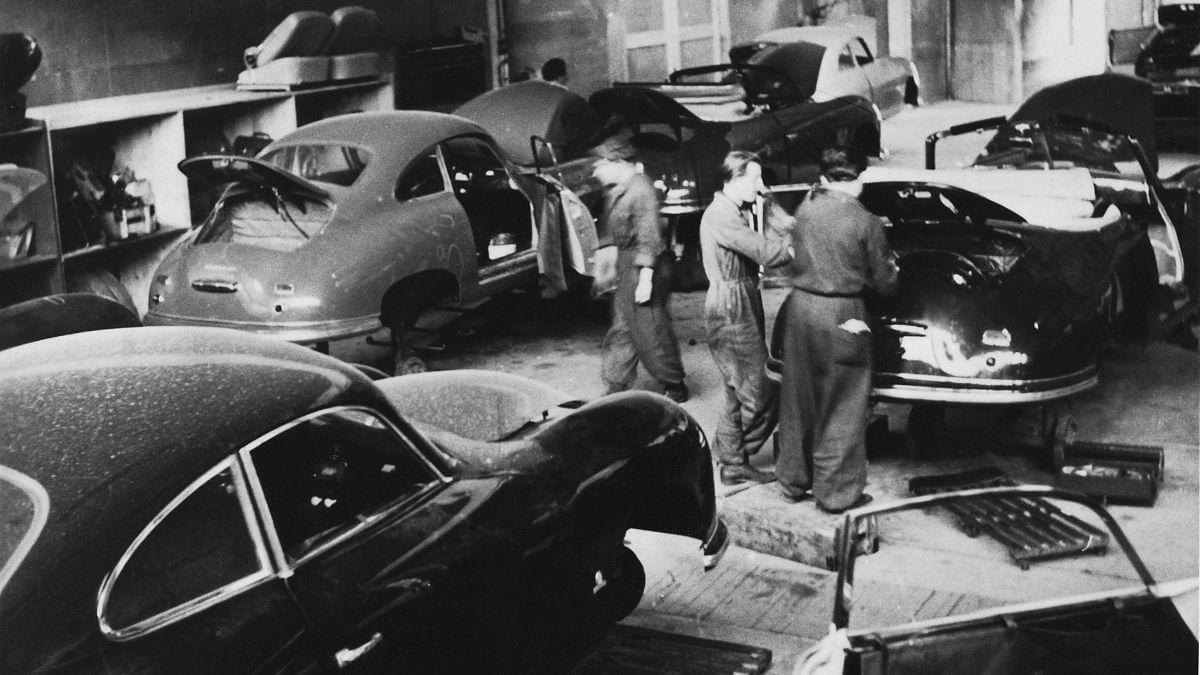

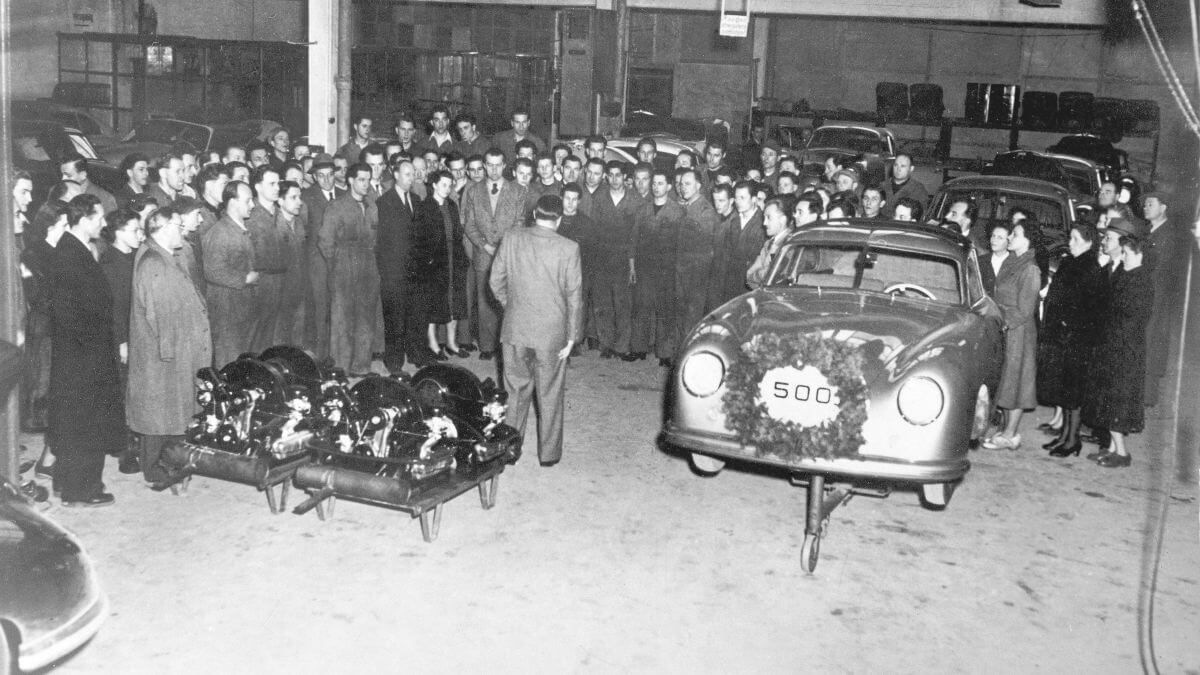

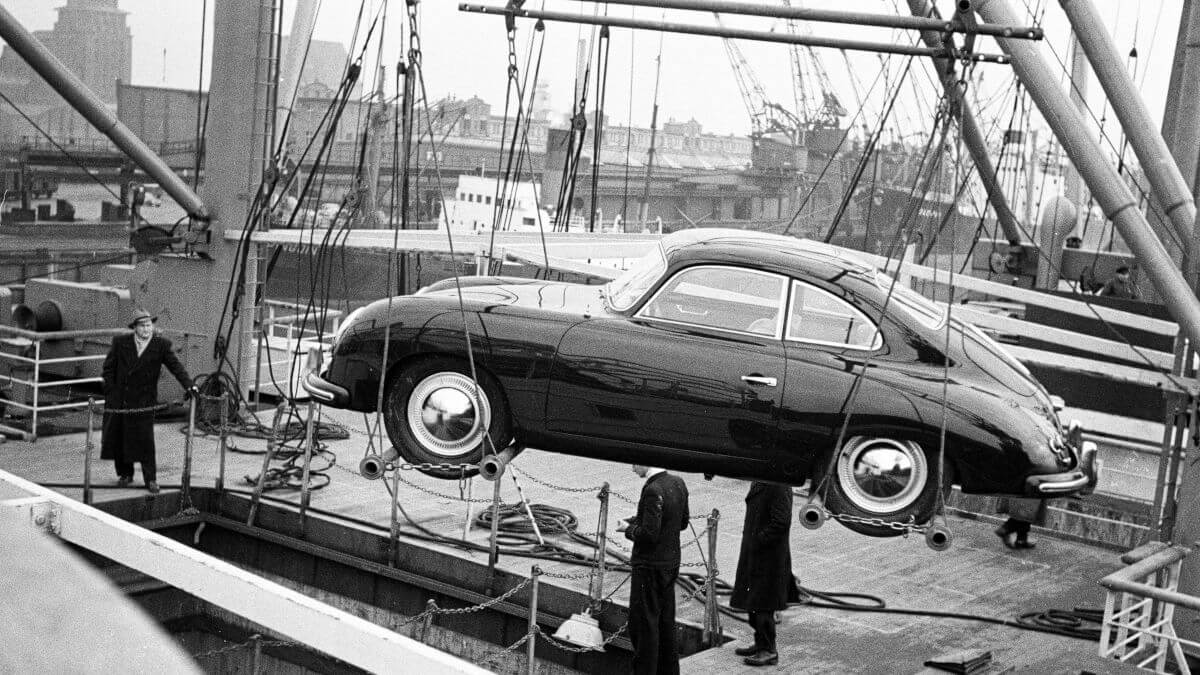

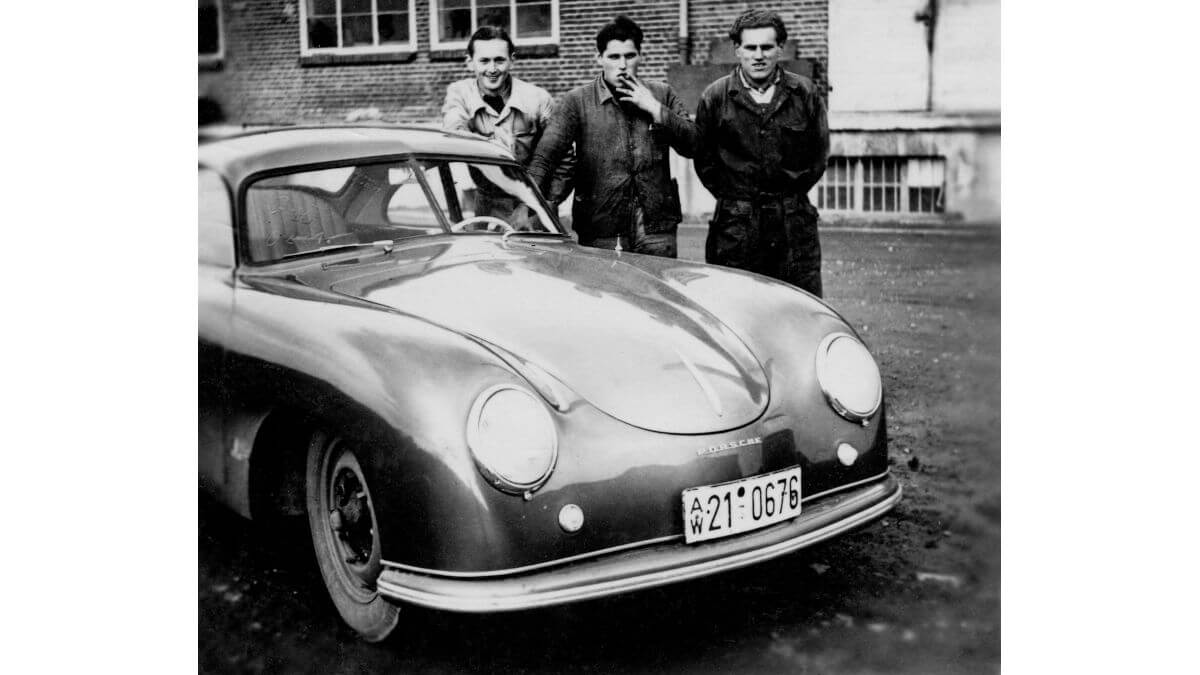

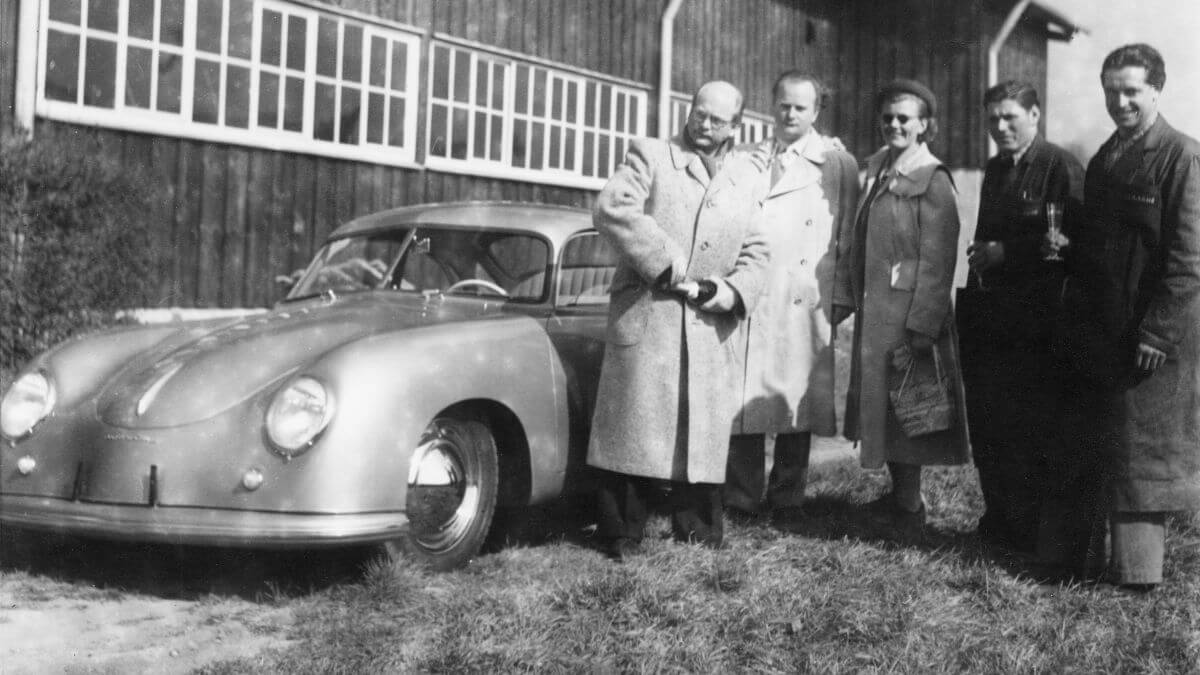

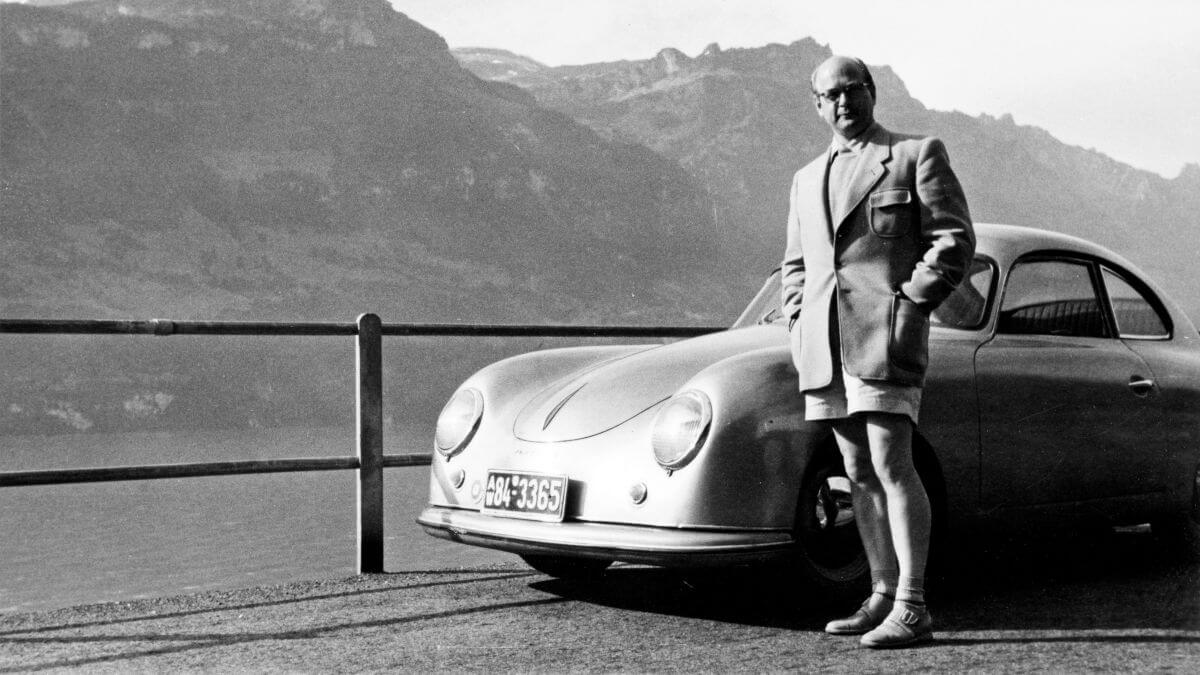

Early models from Zuffenhausen
In the spring of 1950, the Porsche company moved back to Stuttgart with its workforce and most of its production tools. There they had purchased a site directly next to the coachbuilder Reutter in the district of Zuffenhausen. In contrast to the vehicles from Gmünd, the 356 bodies were now made of steel at Reutter, but still received a nitro paint finish in the color of choice. After only one year the 500th car rolled off the assembly line. Porsche extended the model program by a bored version with 32 kW/44 hp from 1.3 liters of cubic capacity (356 1300) as well as the 350 1500 with 40 kW/55 hp. The smaller version received the nickname ‘Dame’ (Mrs). In addition, the previous lever dampers were replaced by more modern telescopic shock absorbers and cooling fins were added to the brake drums. From 1952 the windshield consisted of one piece with a bend in the middle (in German called ‘Knickscheiben-356’). In 1953 the ‘Dame’ was dropped in favor of the 1300 S (Super), which was followed a year later by the 1500 S with 51 kW/70 hp as the new top model. In the front, the car now had small air vents below the headlights, in the back round taillights.
The end of the company Gläser
The planned production of around 500 cars a year was no longer sufficient, at the latest when right-hand drive vehicles were introduced for Great Britain and the Commonwealth in June 1951. Thus the search began for additional coachbuilders to be able to build more cars. Beutler from Switzerland refused, which brought Gläser into the conversation. However, company boss Erich Heuer miscalculated on this order, took even longer than Reutter per car and finally had to close the doors of the traditional company at the end of 1952. Shortly before, 17 units of the 356 America Roadster were built. This two-seater open sports car with the internal code 540 was intended to serve as a cheaper entry version for the US market. However, the high production costs made the car too expensive and led Porsche to develop the 356 Speedster, which was available from the end of 1954.
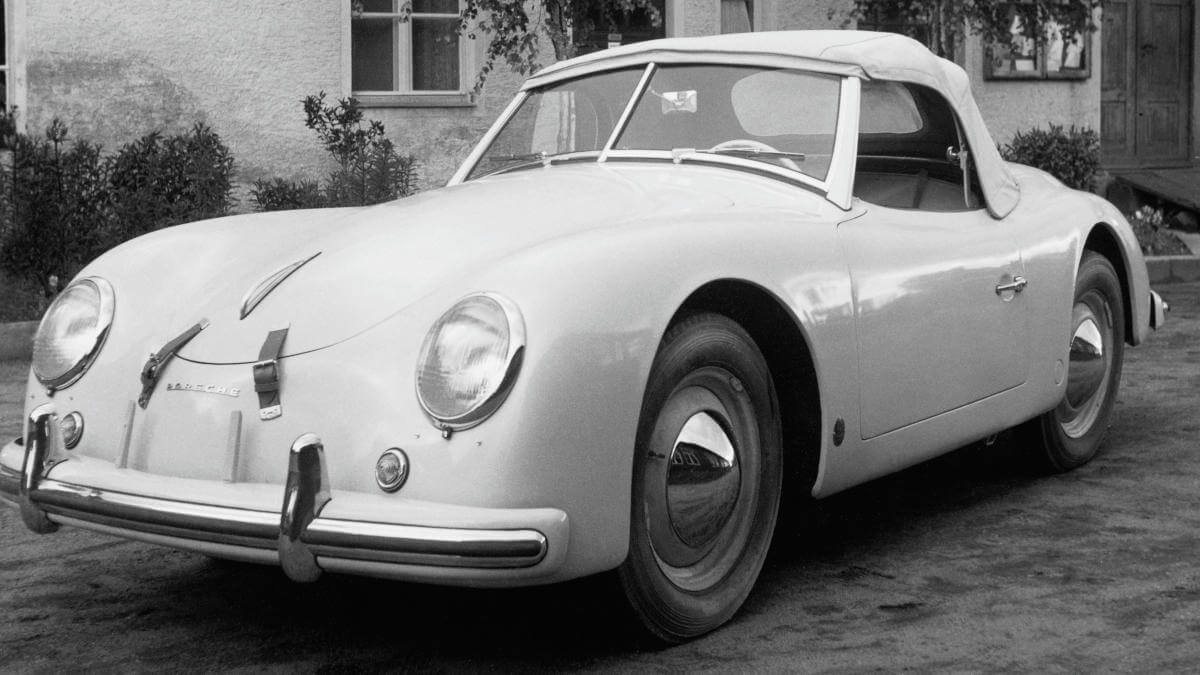

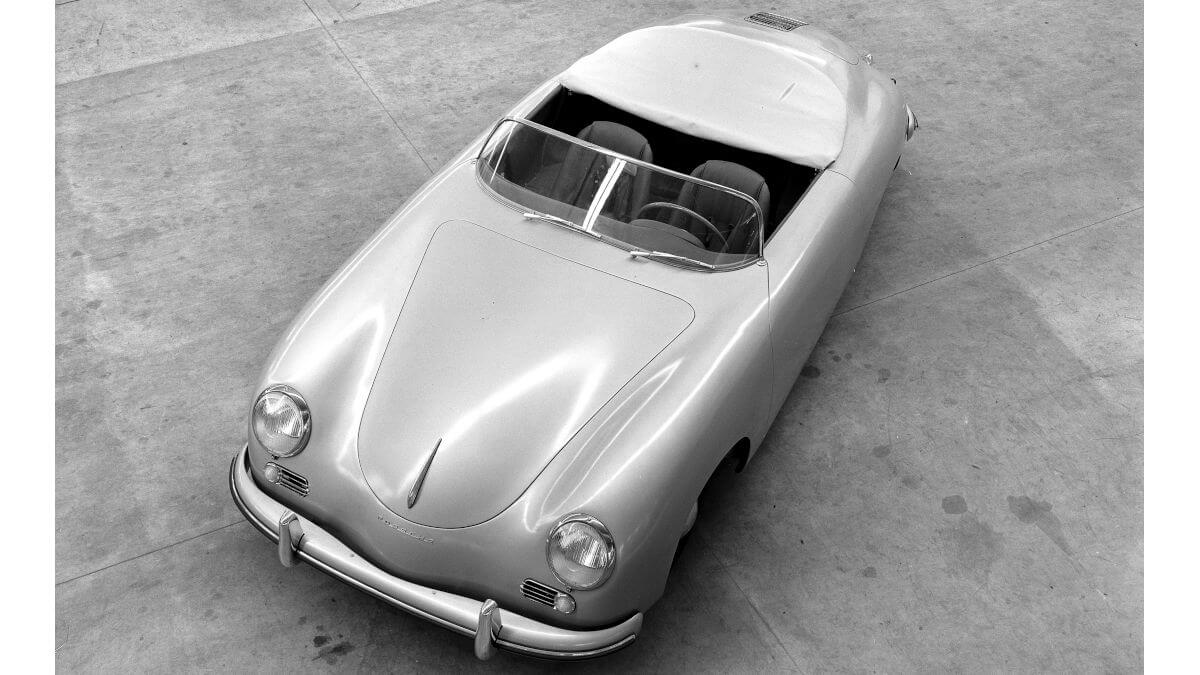

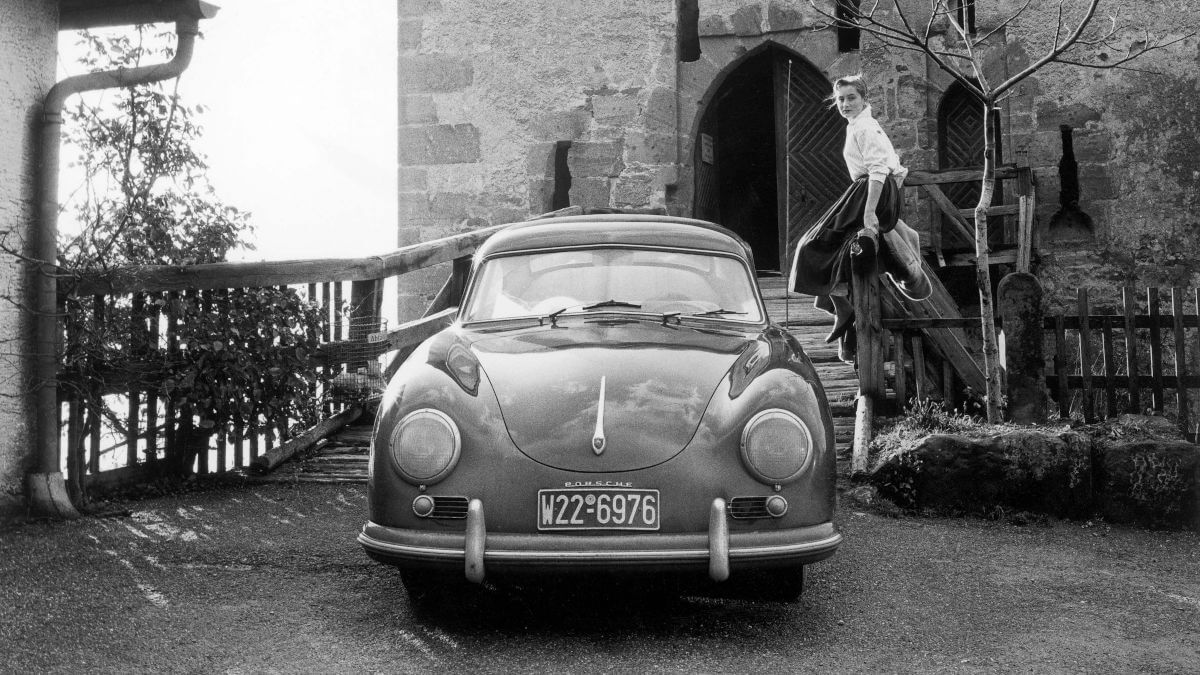

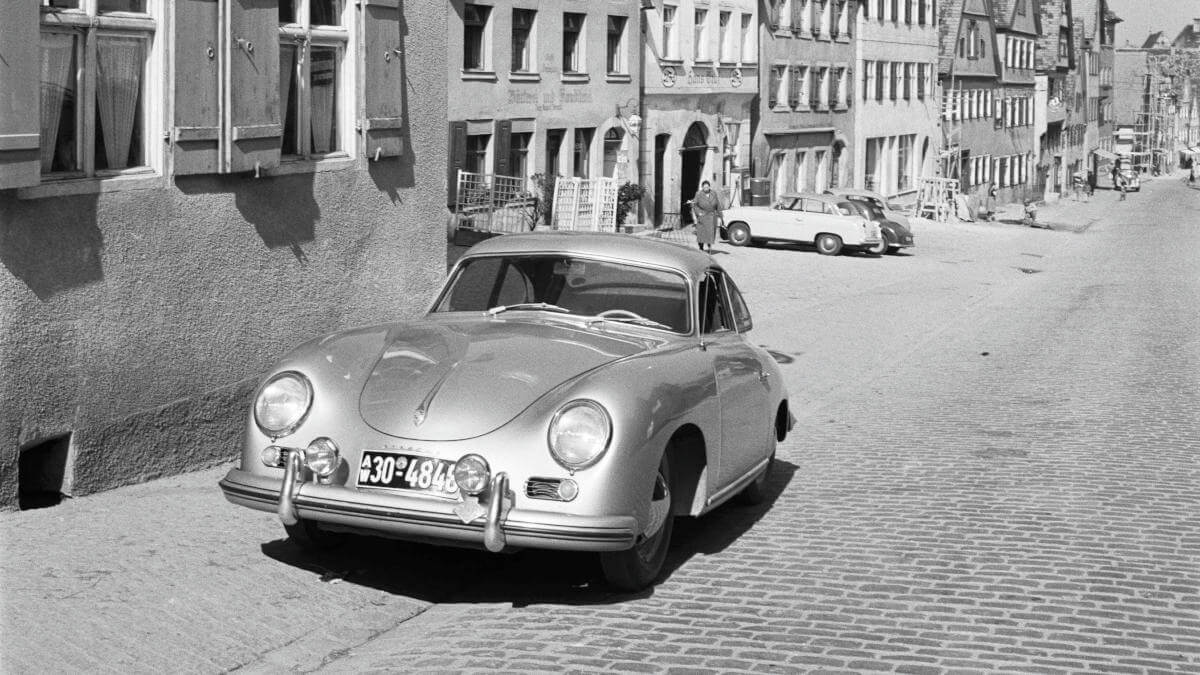

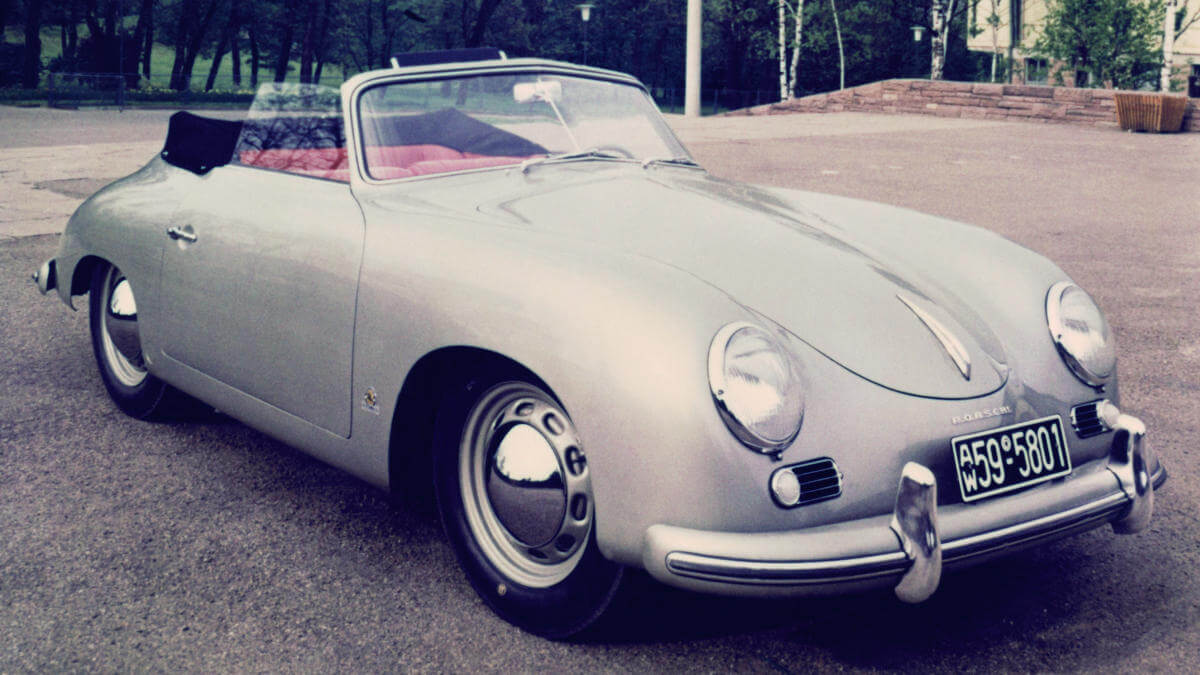

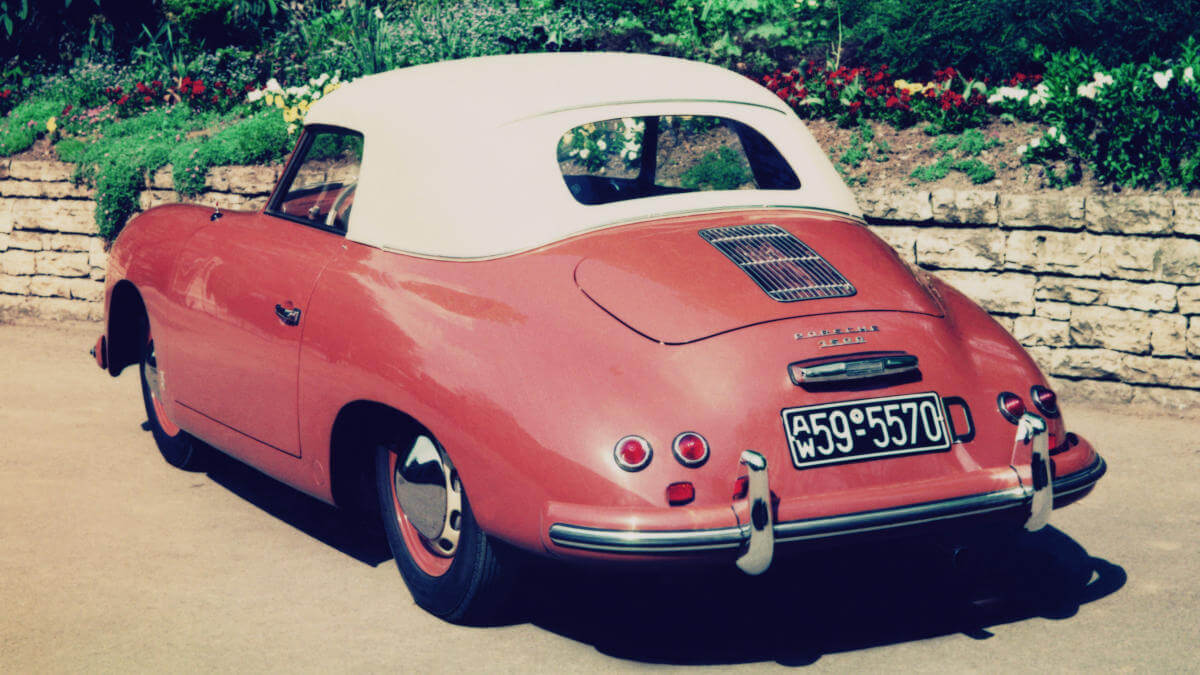

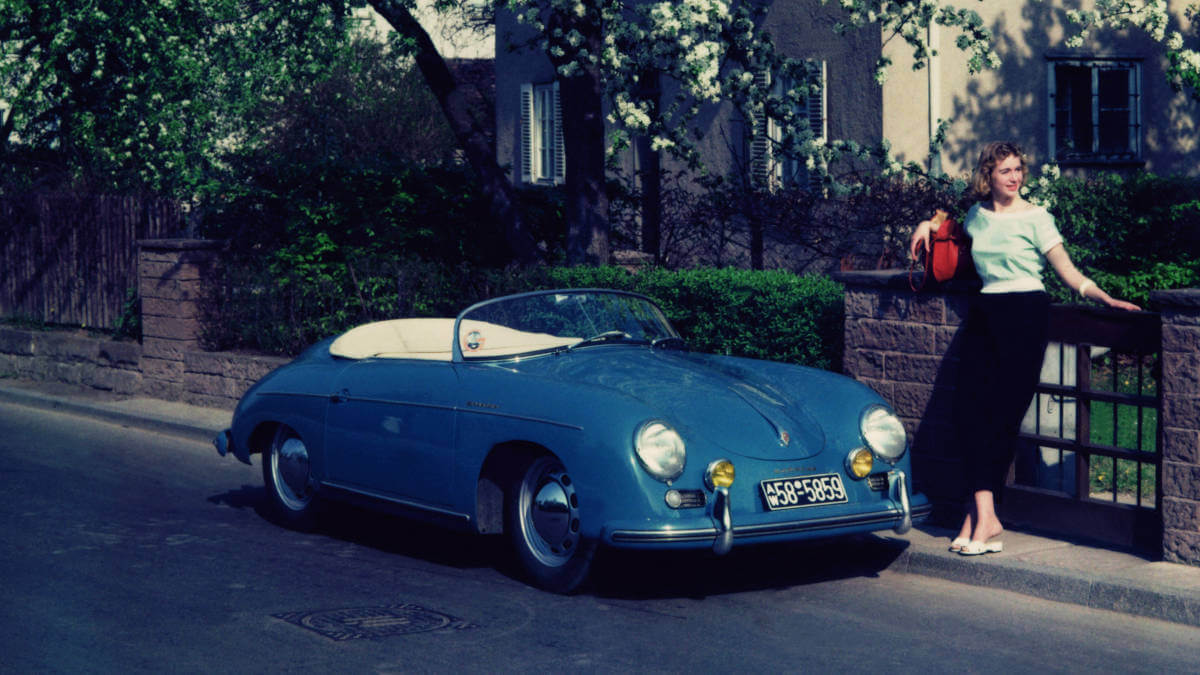

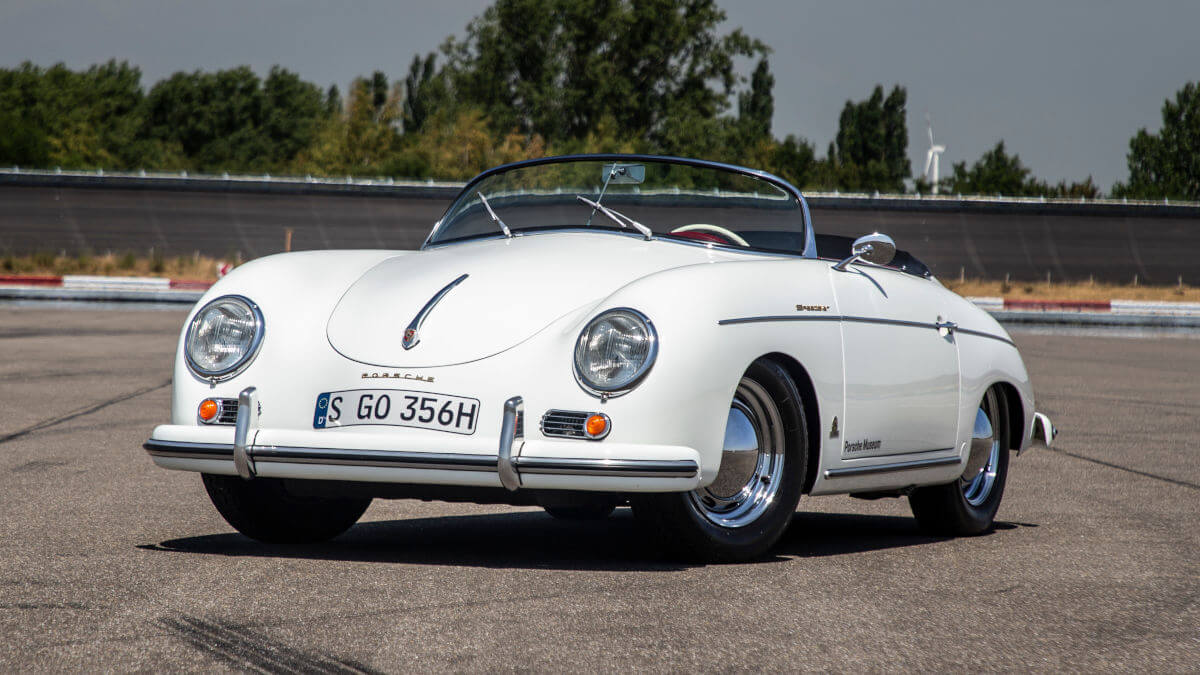

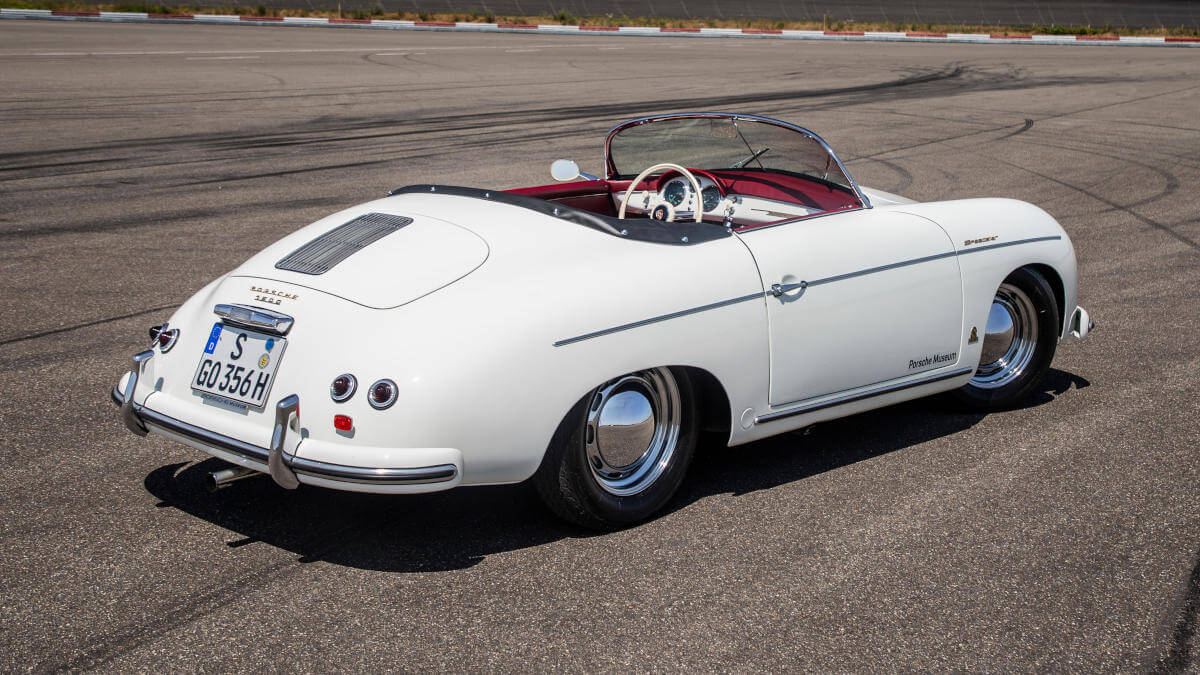

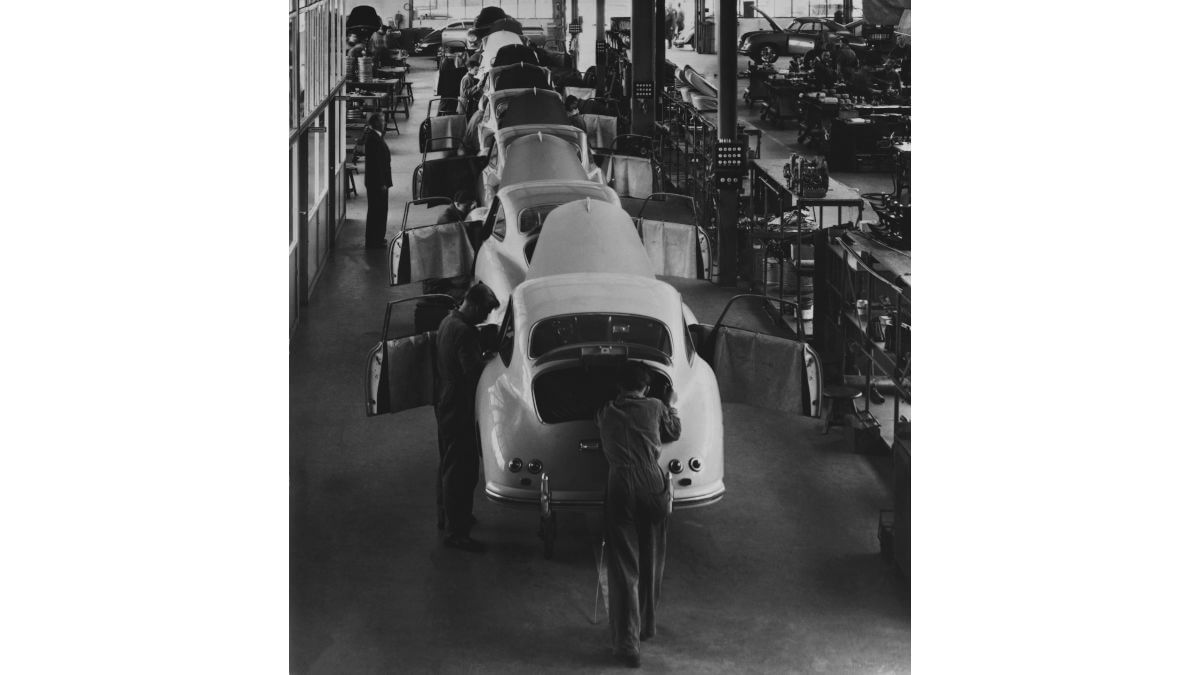

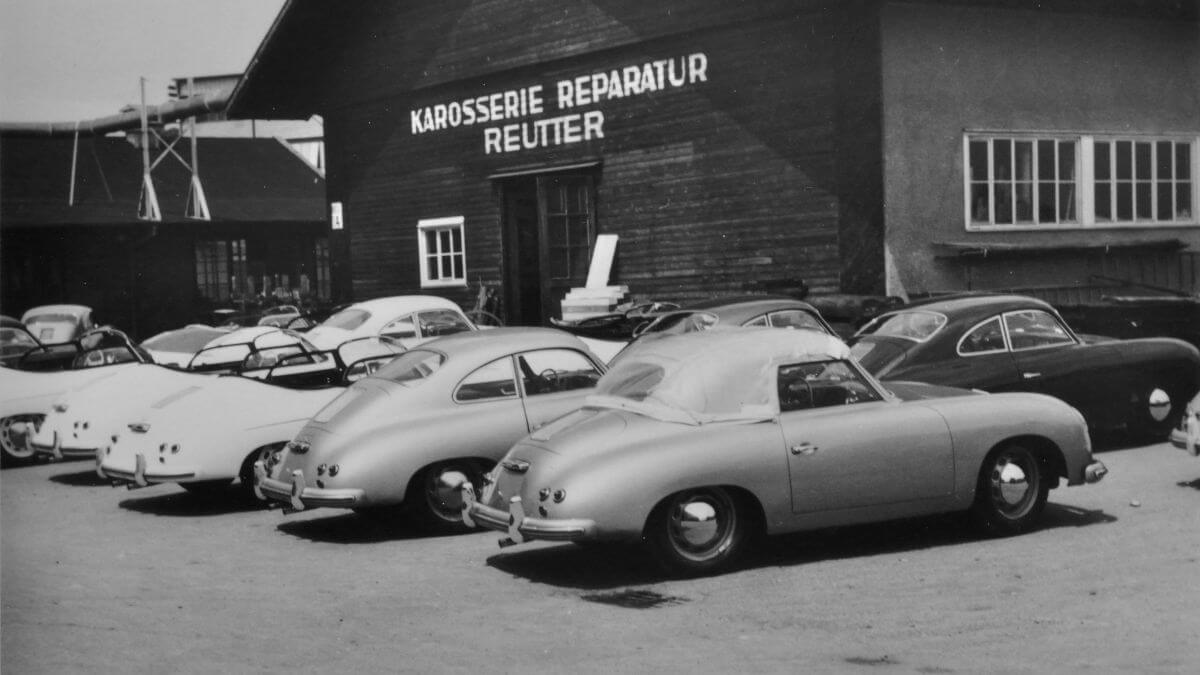

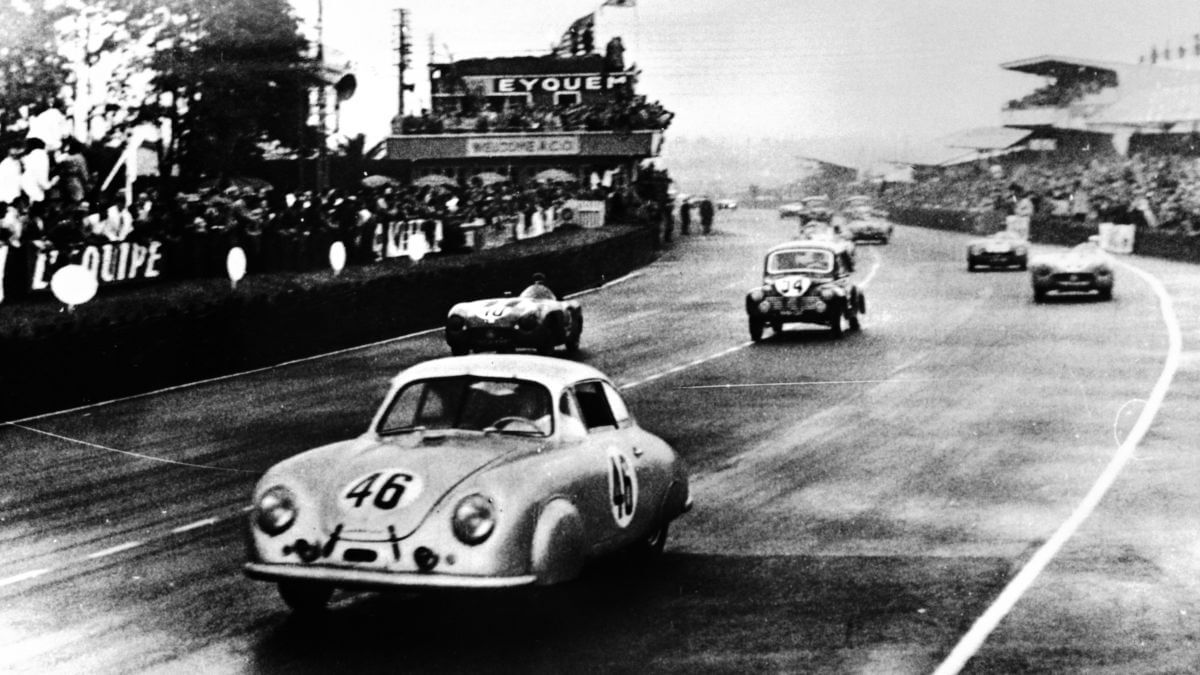

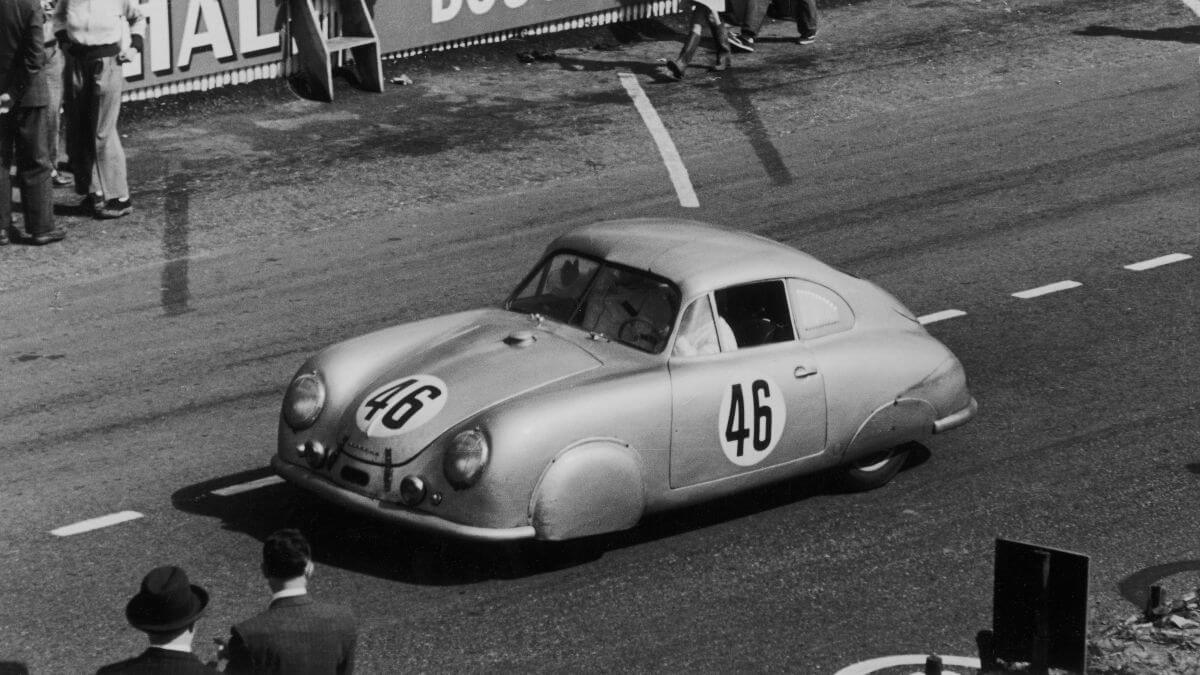

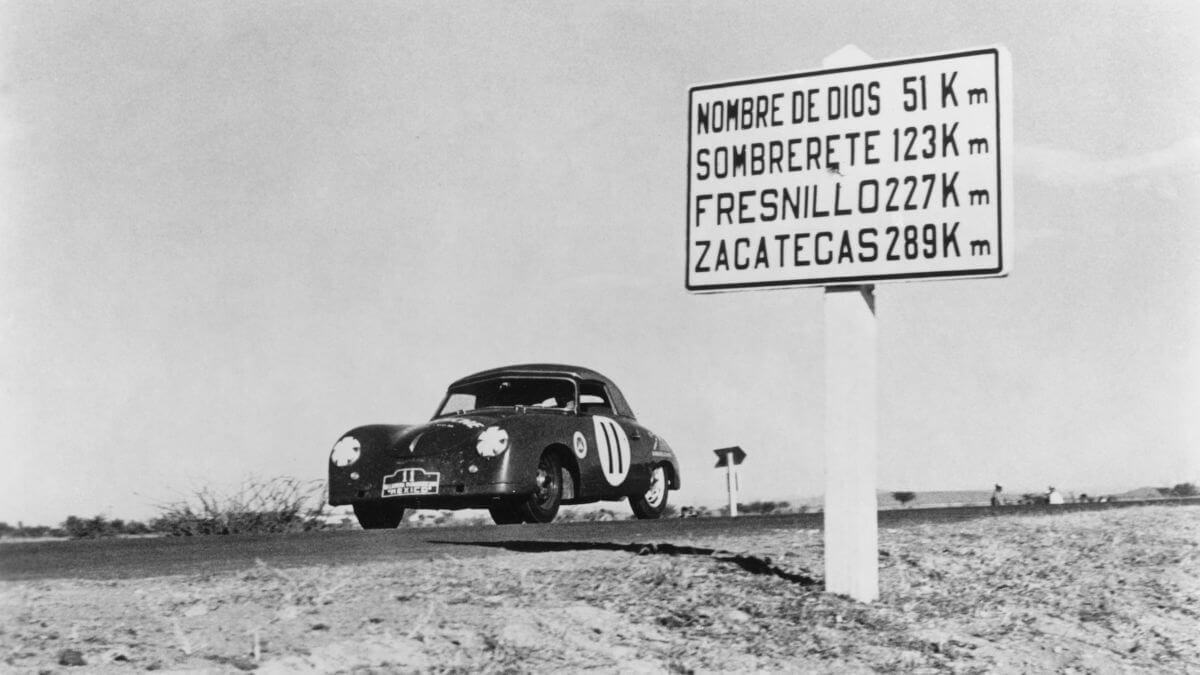

First successes in motorsports
Meanwhile, Porsche had already made a name for itself in motorsports. In 1951, an aerodynamically improved coupé competed in the class up to 1.1 liters displacement in Le Mans and won. In addition, there were world record runs with a 356 1300 in Monthléry, France, and a race against a train through the wintry Alps. The latter was won by racing driver Richard von Frankenberg with a seven-hour lead, although several stops were made along the way for advertising shots. For the now very important US market, Porsche took up the idea of the local importer Max Hoffman and offered the sports car as the ‘356 Continental’ in 1954, since the customers allegedly wanted a real name and not just numbers. However, the Ford company had already secured this name and took legal action against its illegal use. So the 356 Continental only existed for one year. Towards the end of 1955 the change to the 356 A took place.
Images: Porsche


